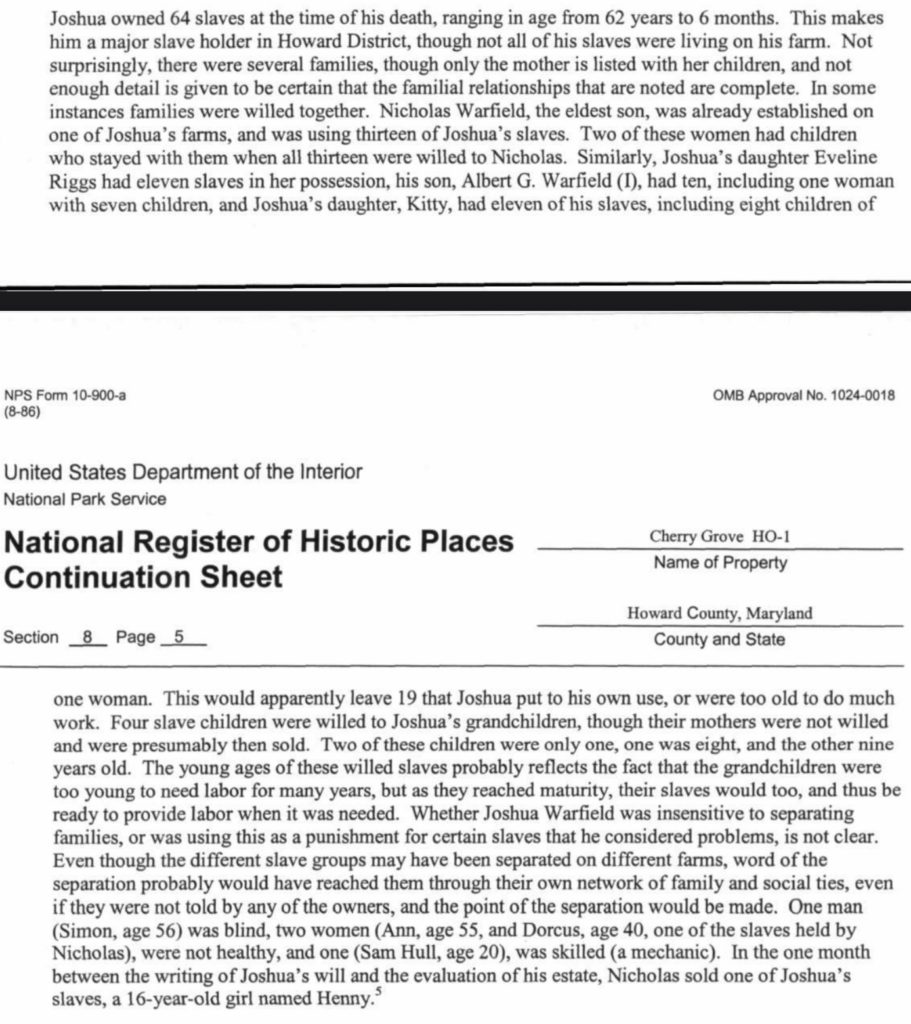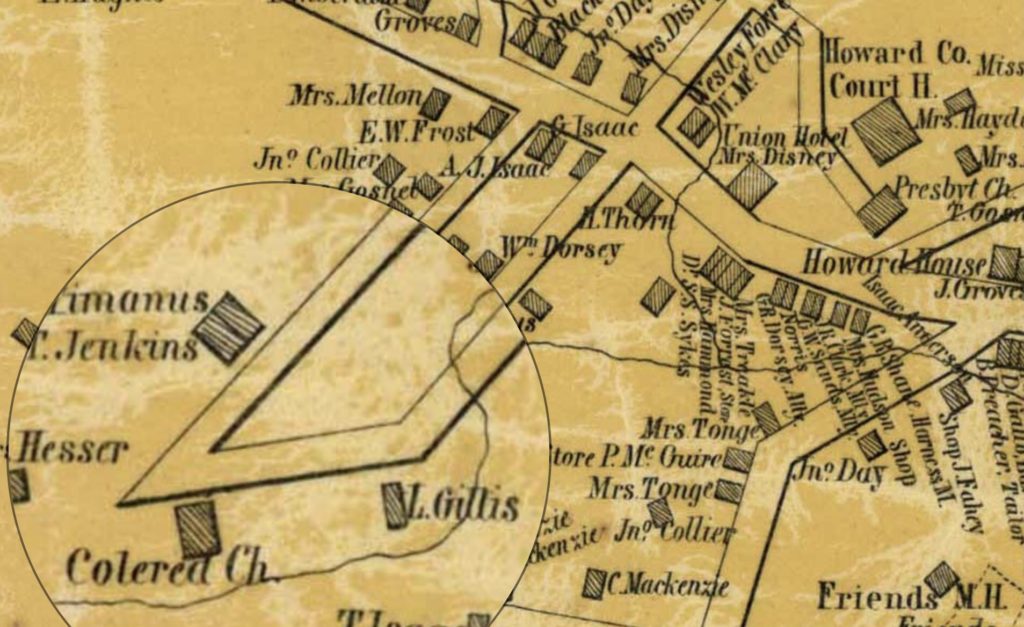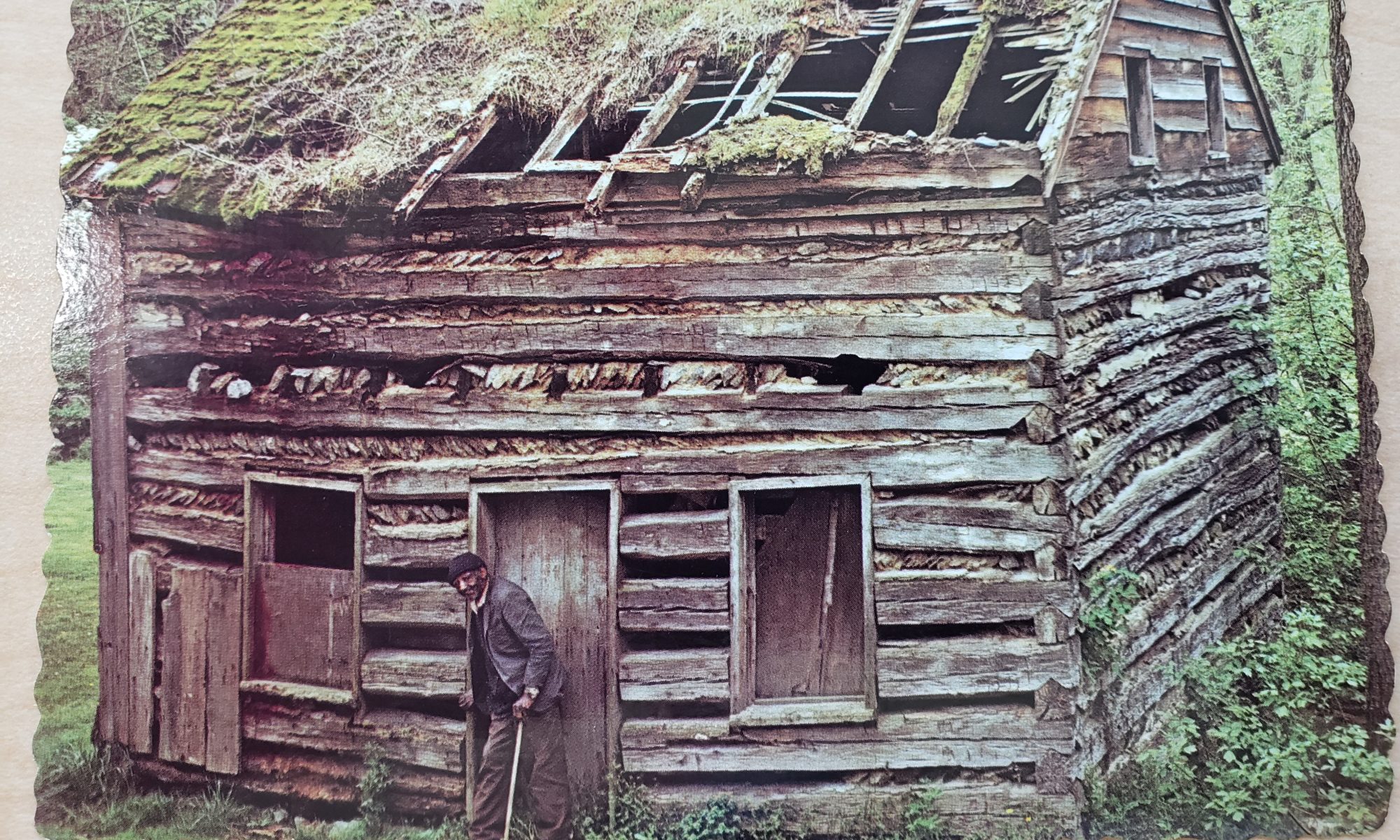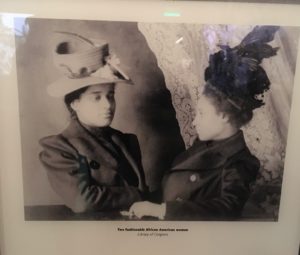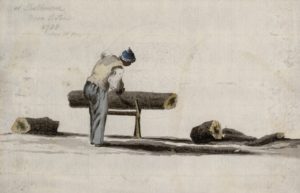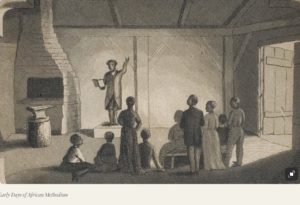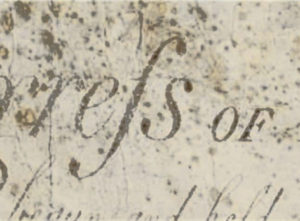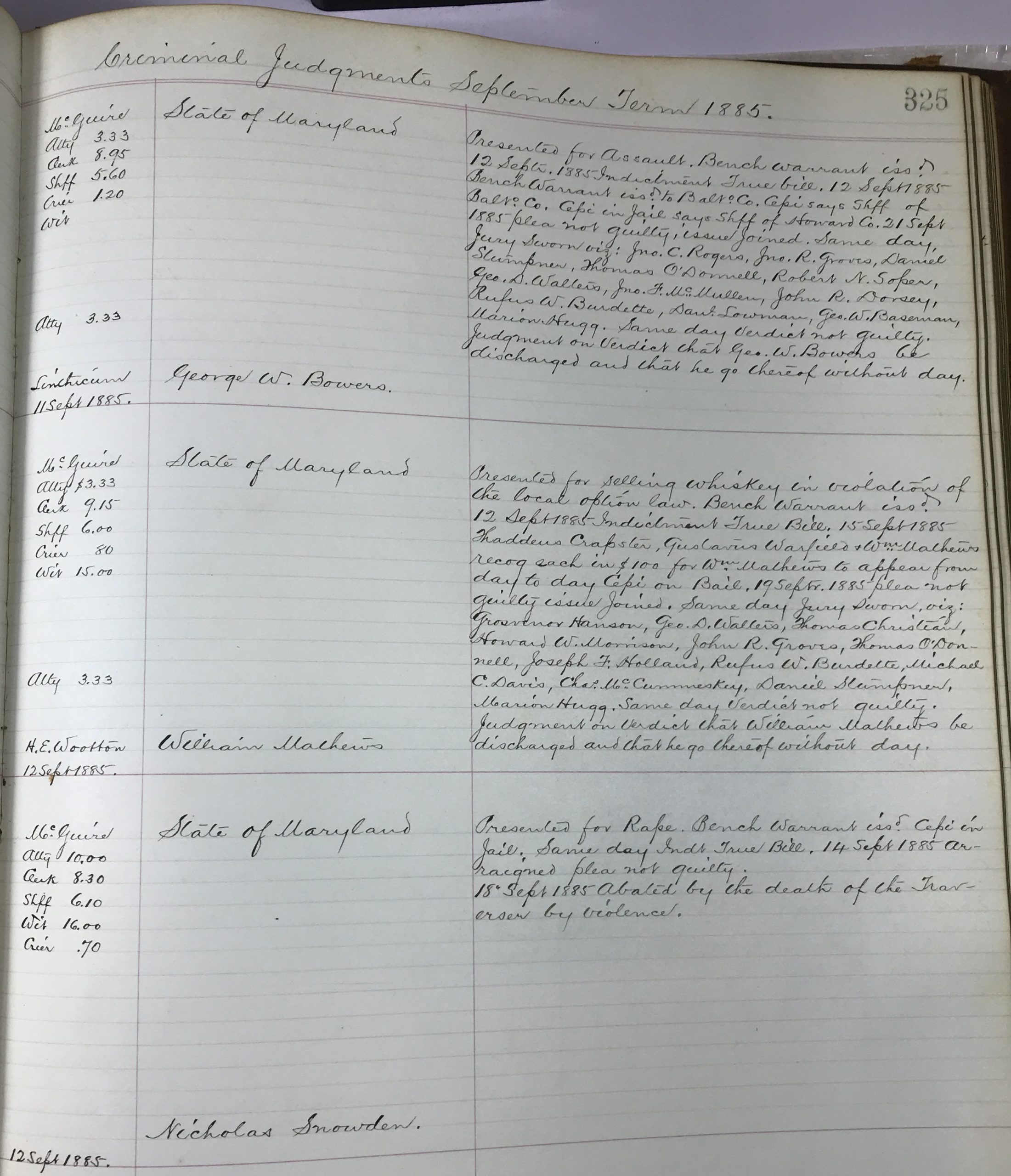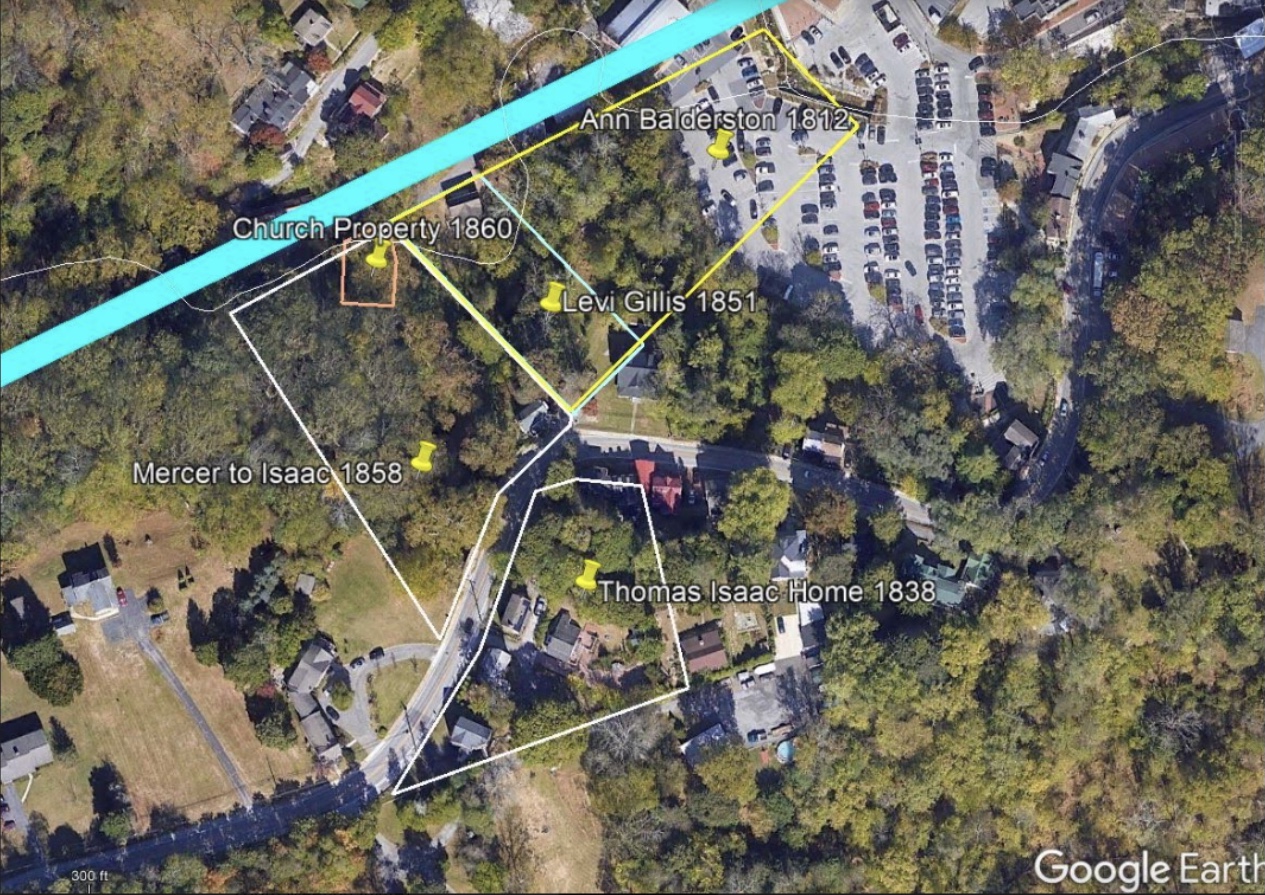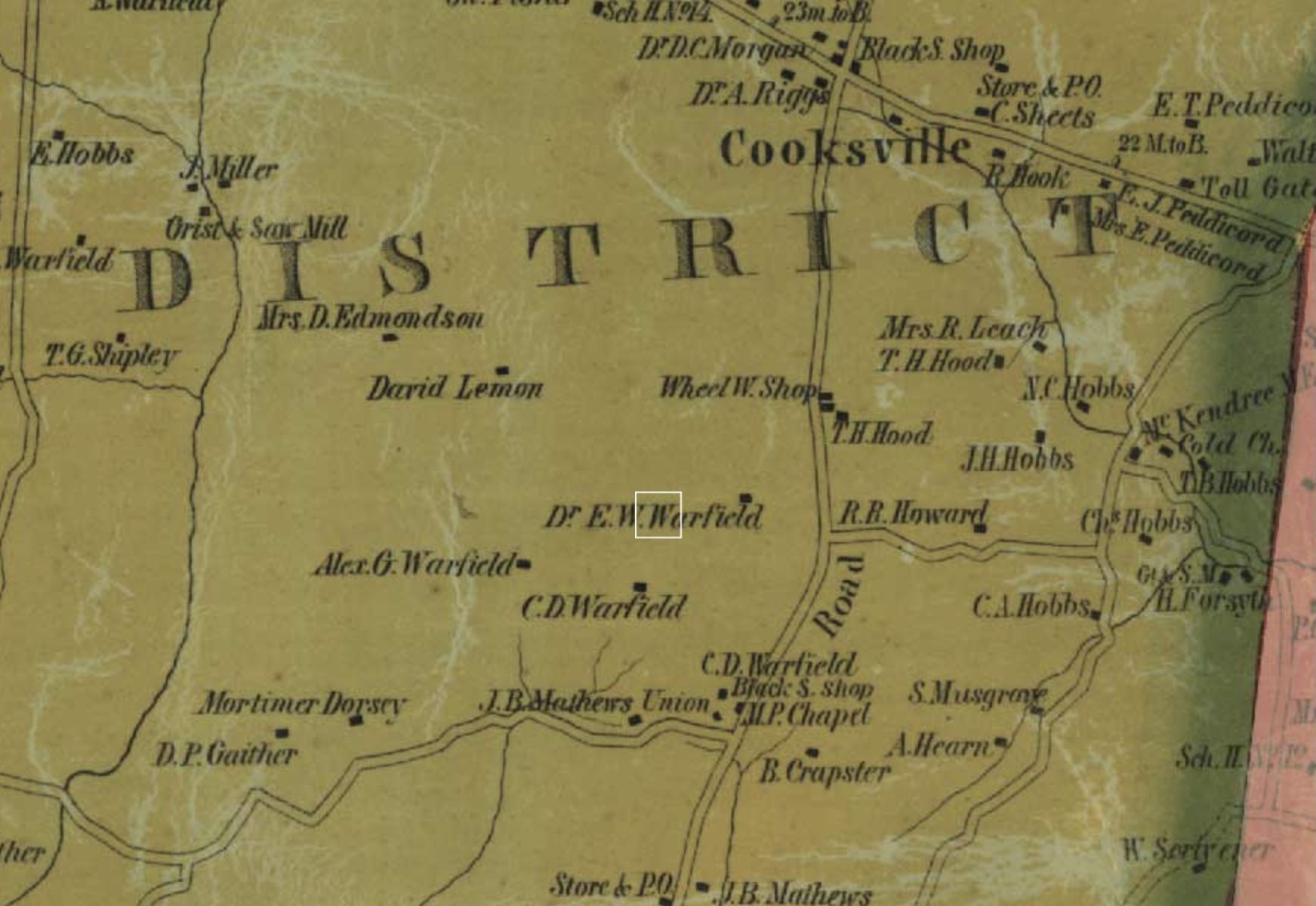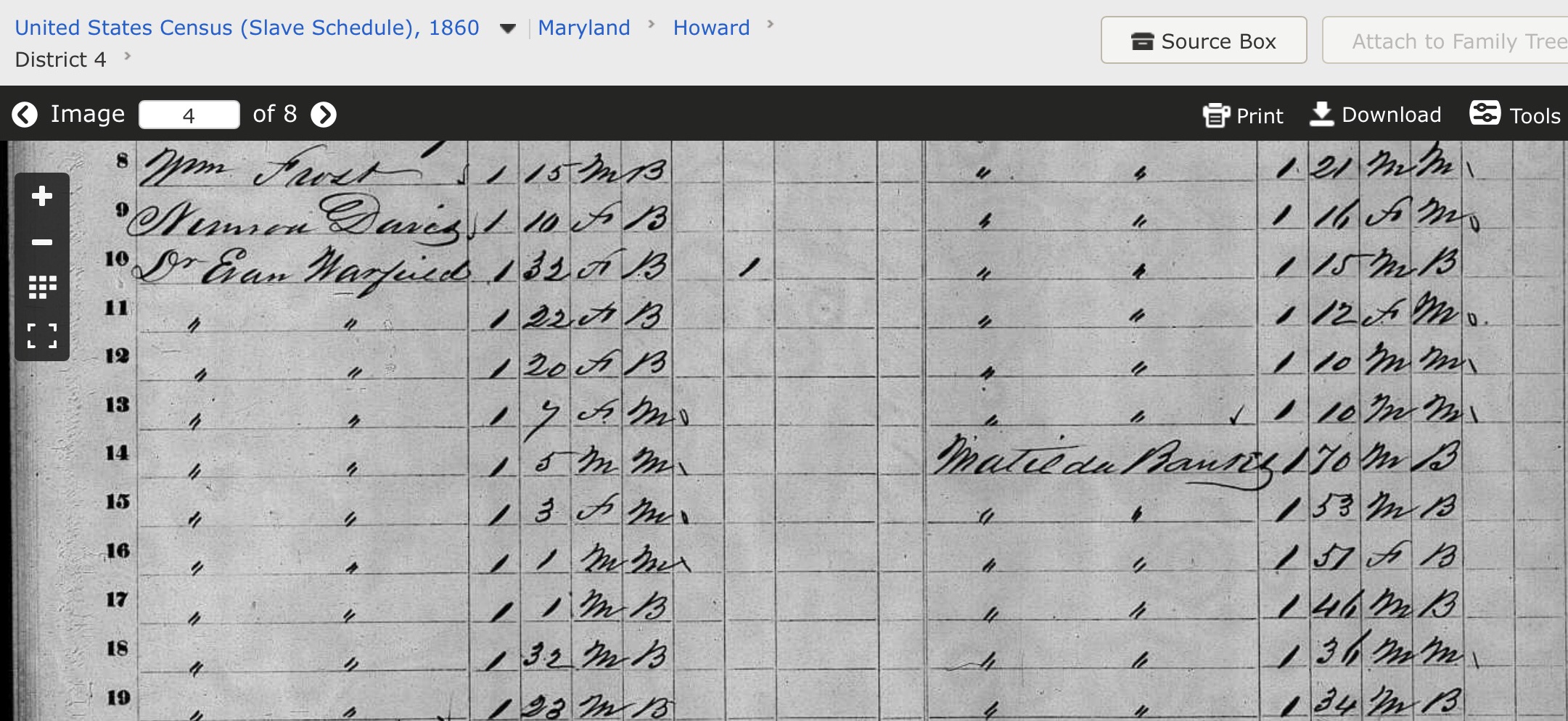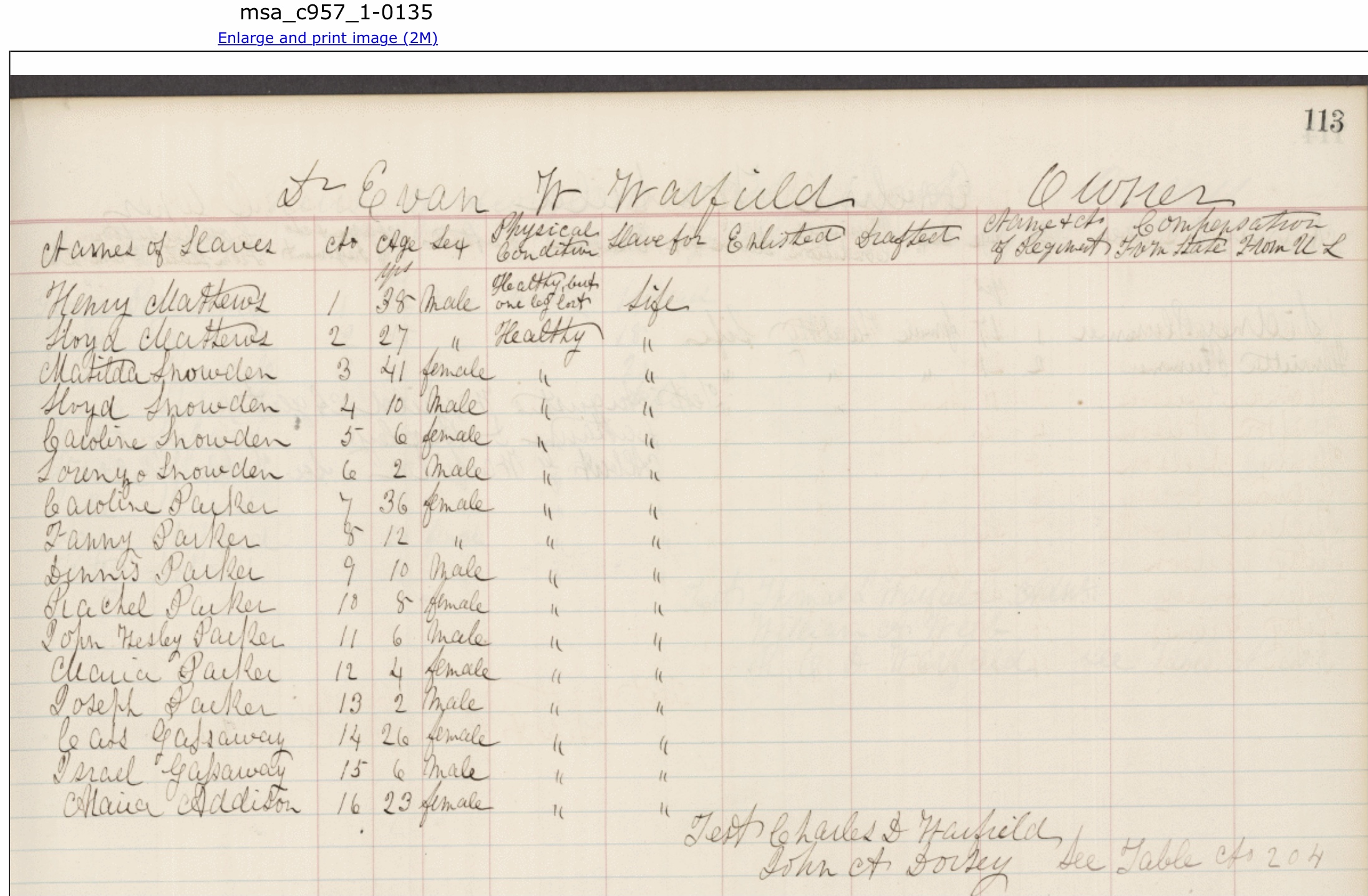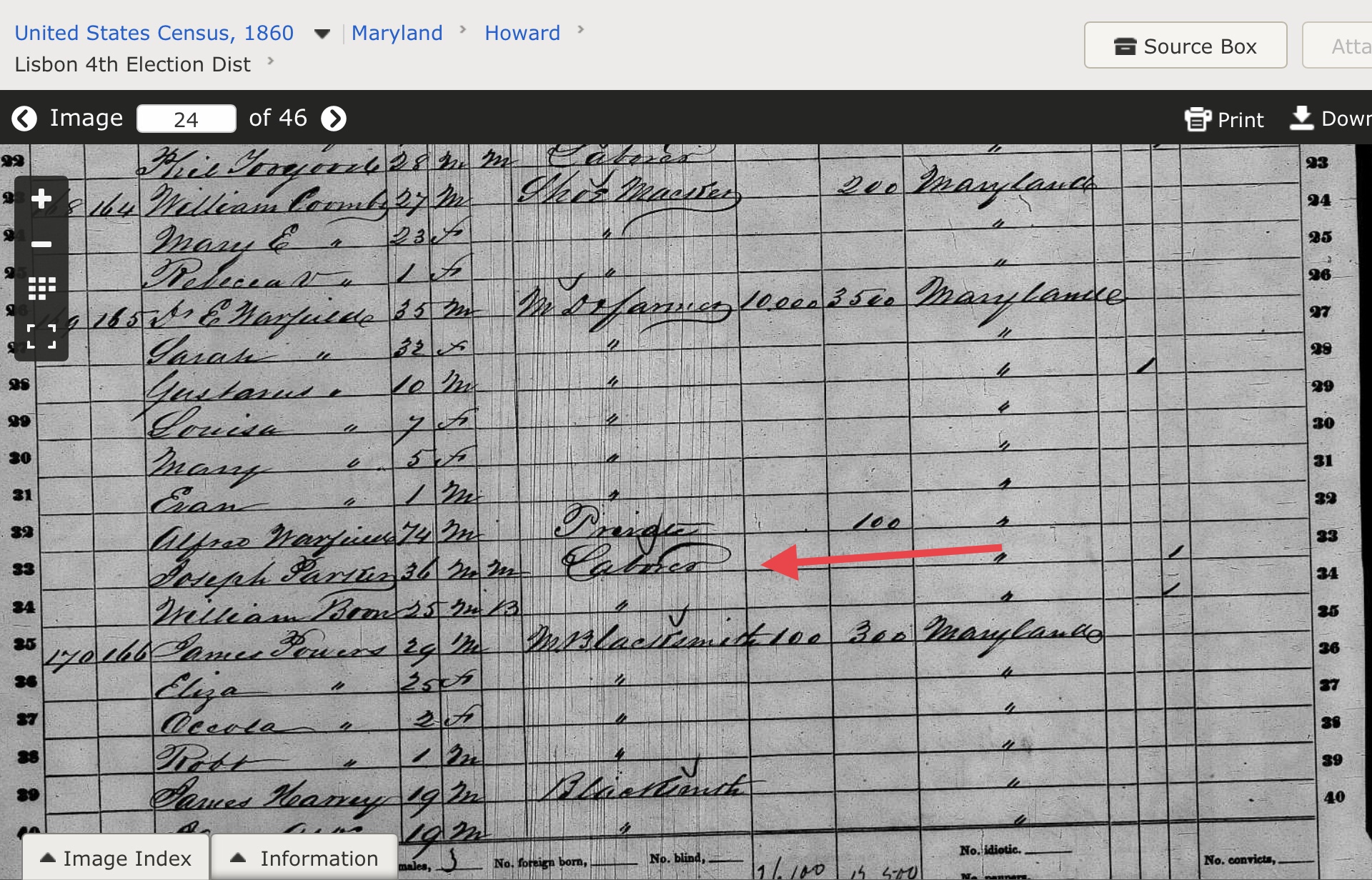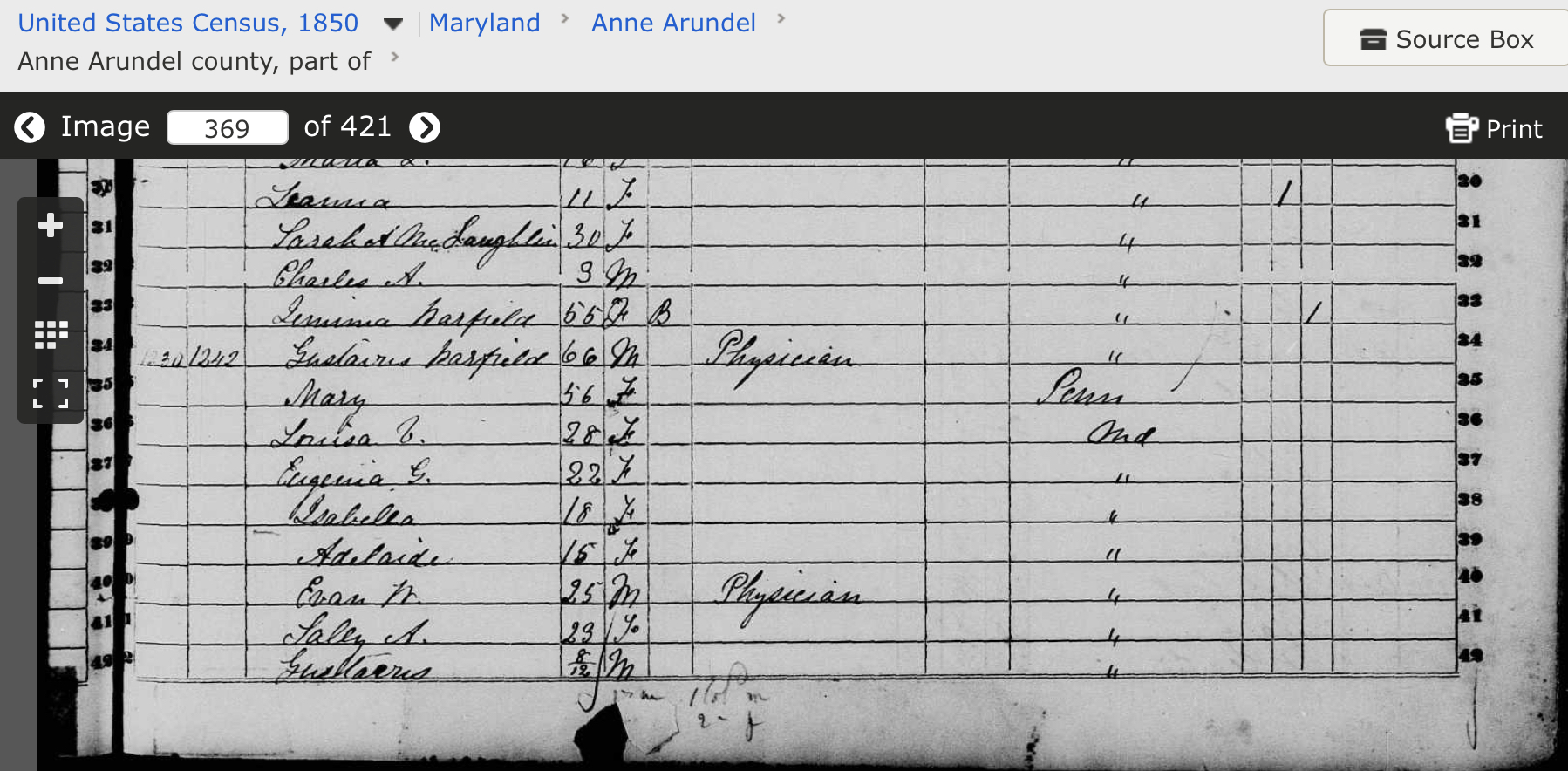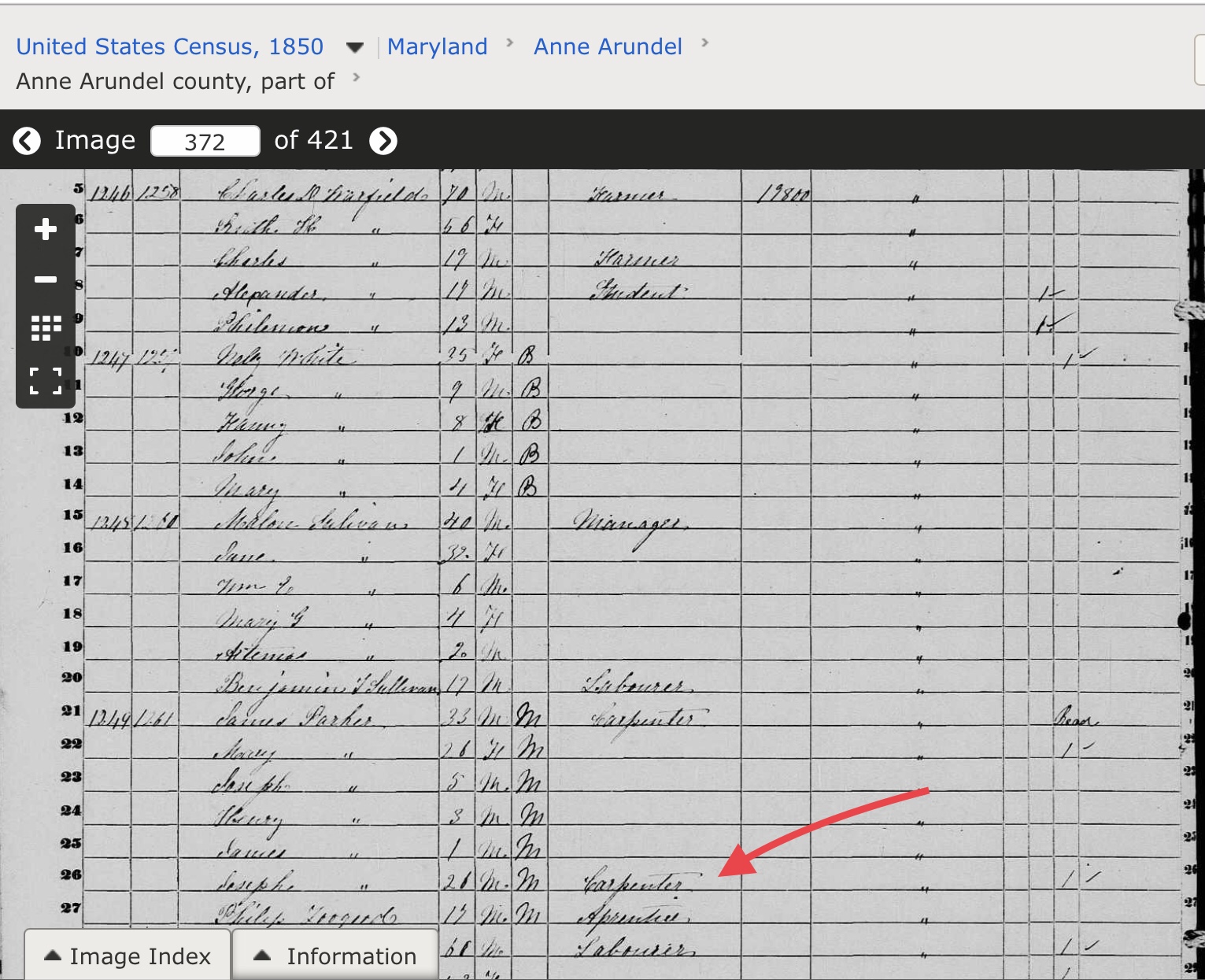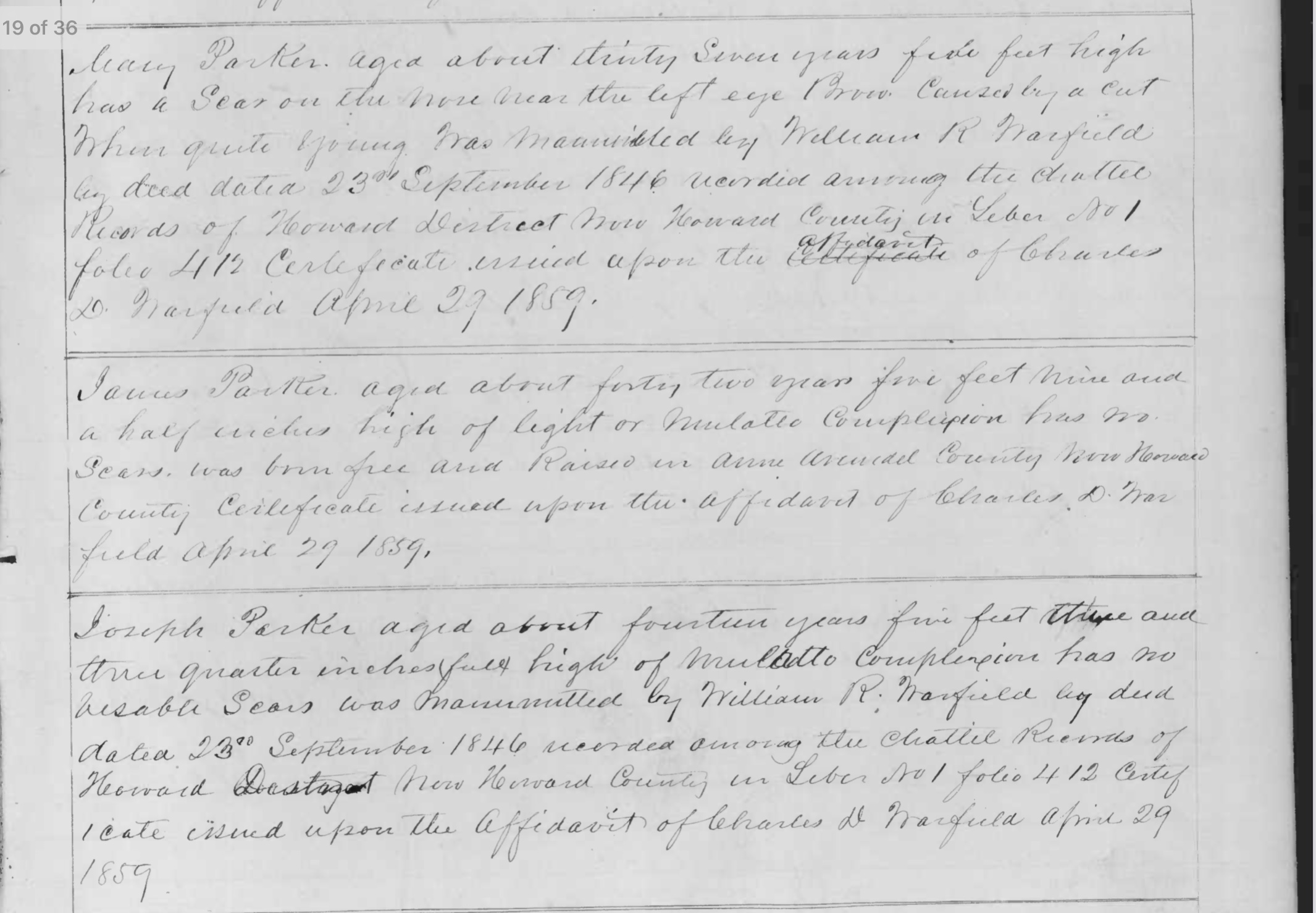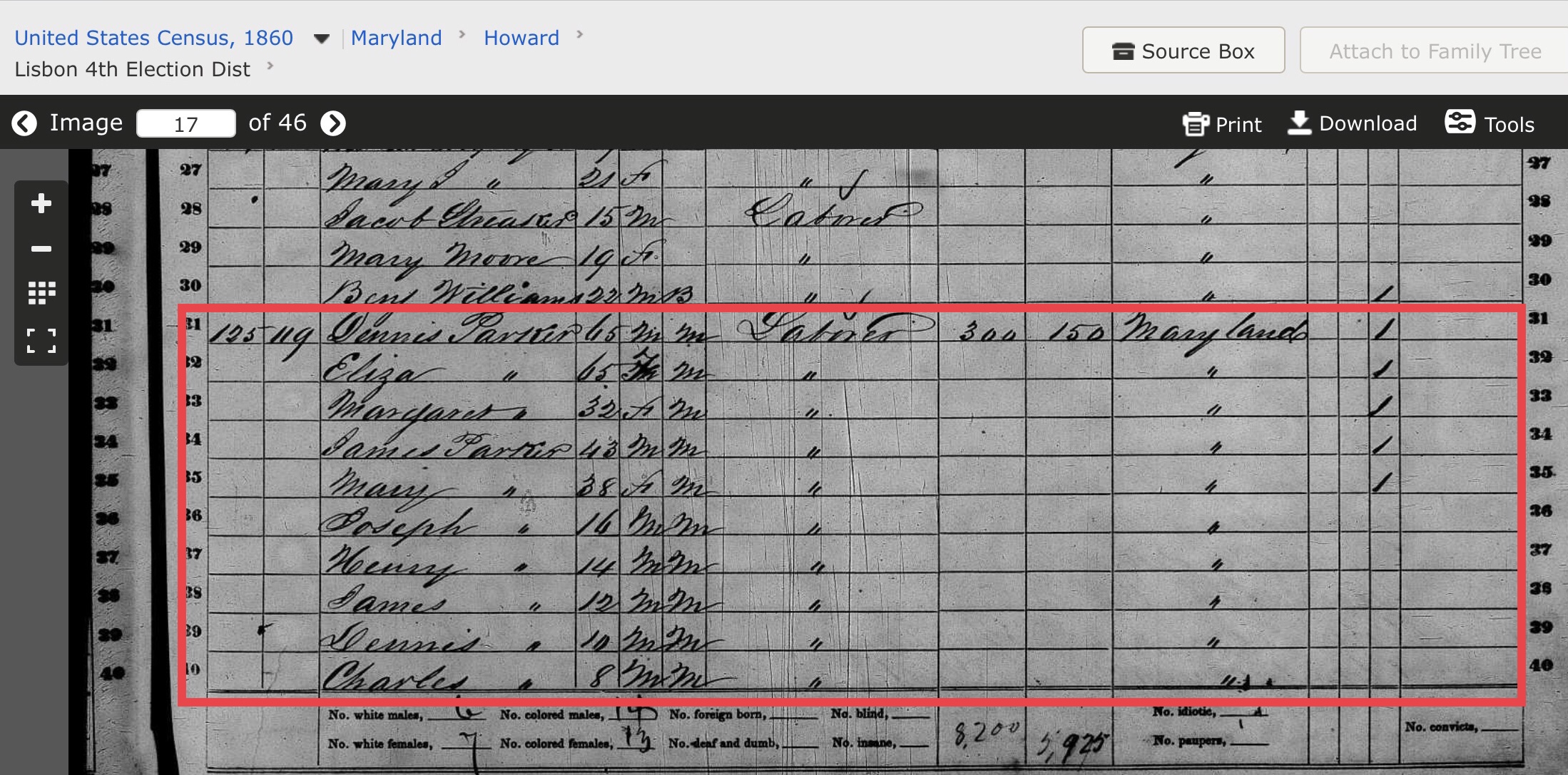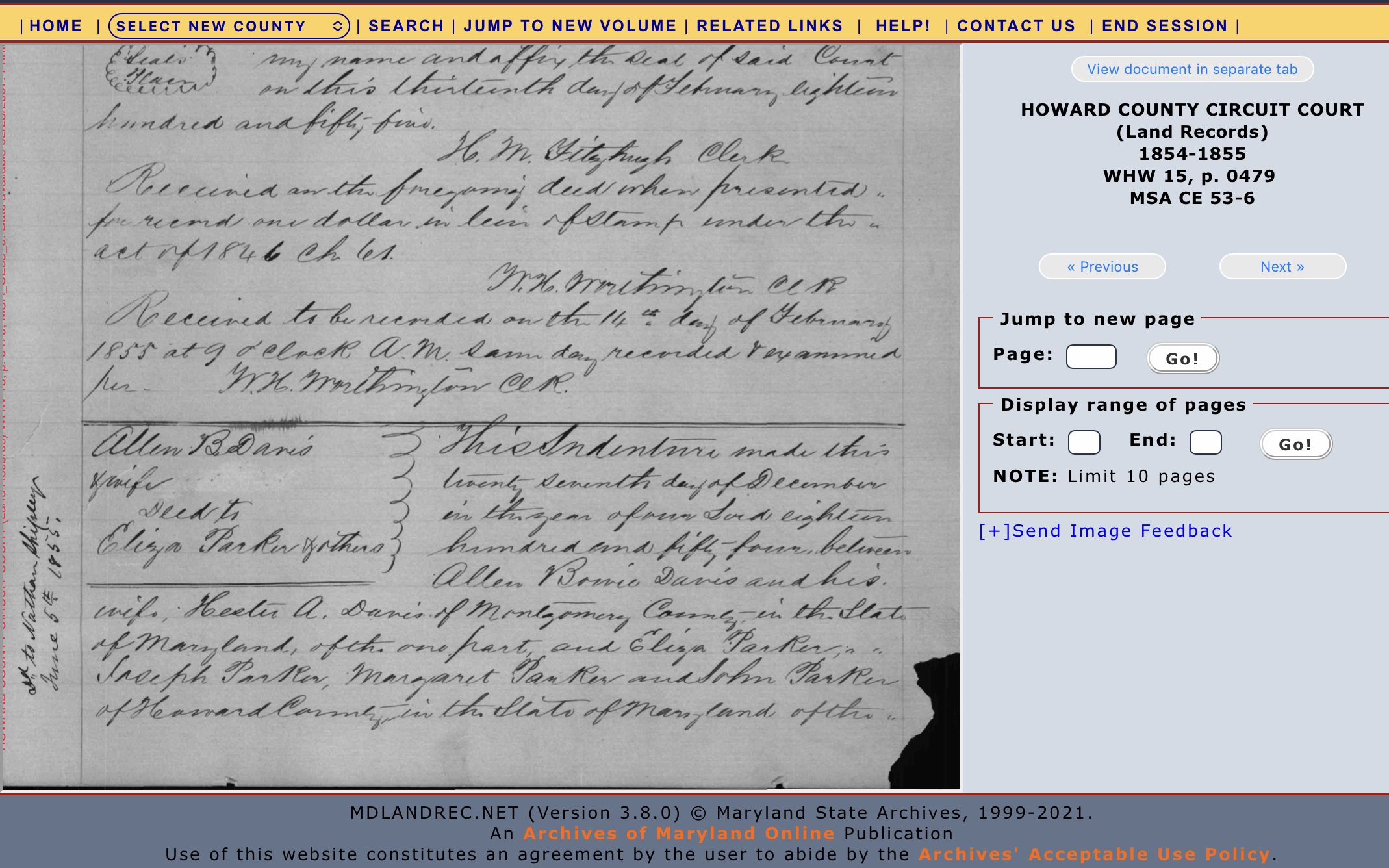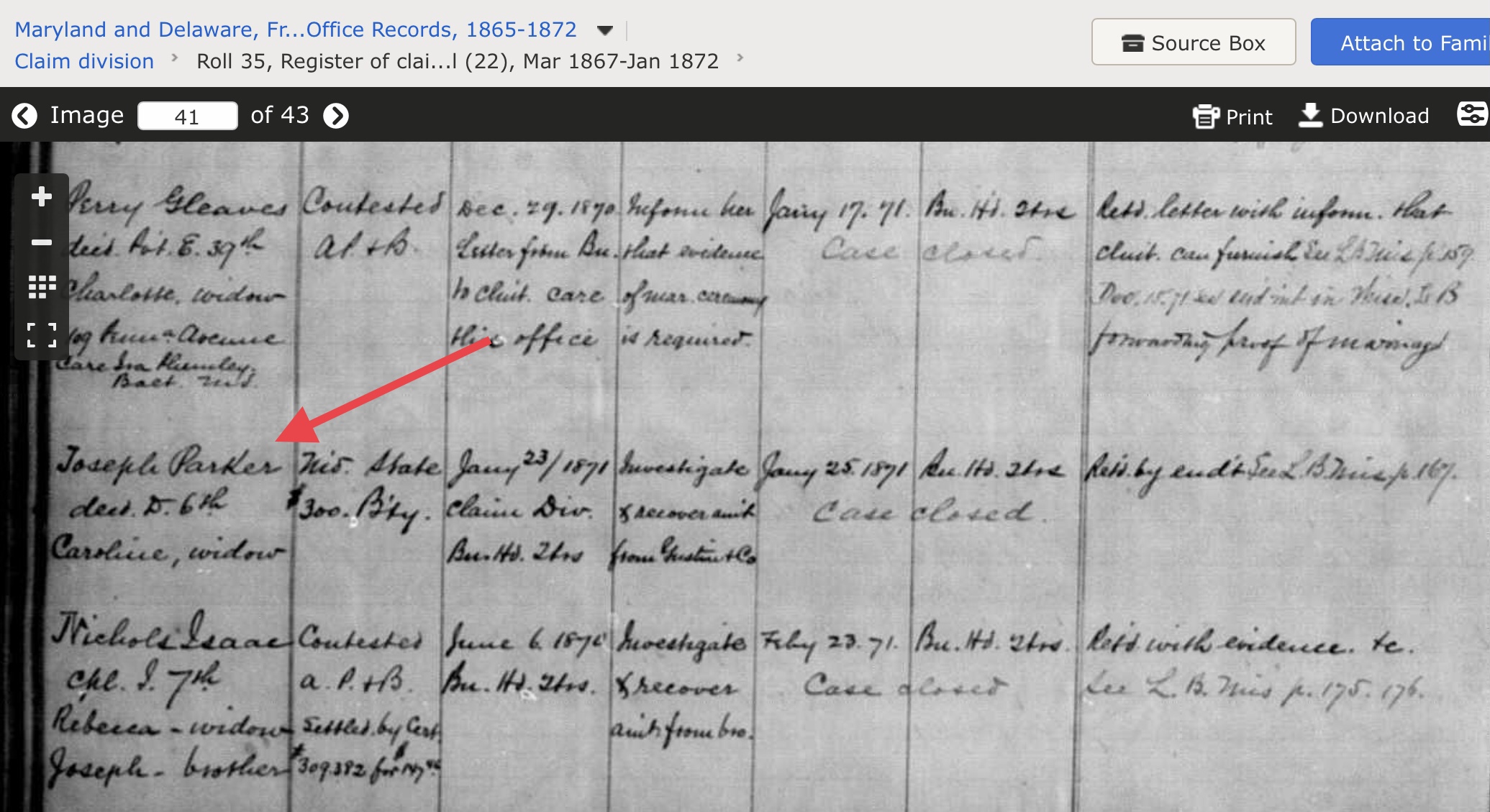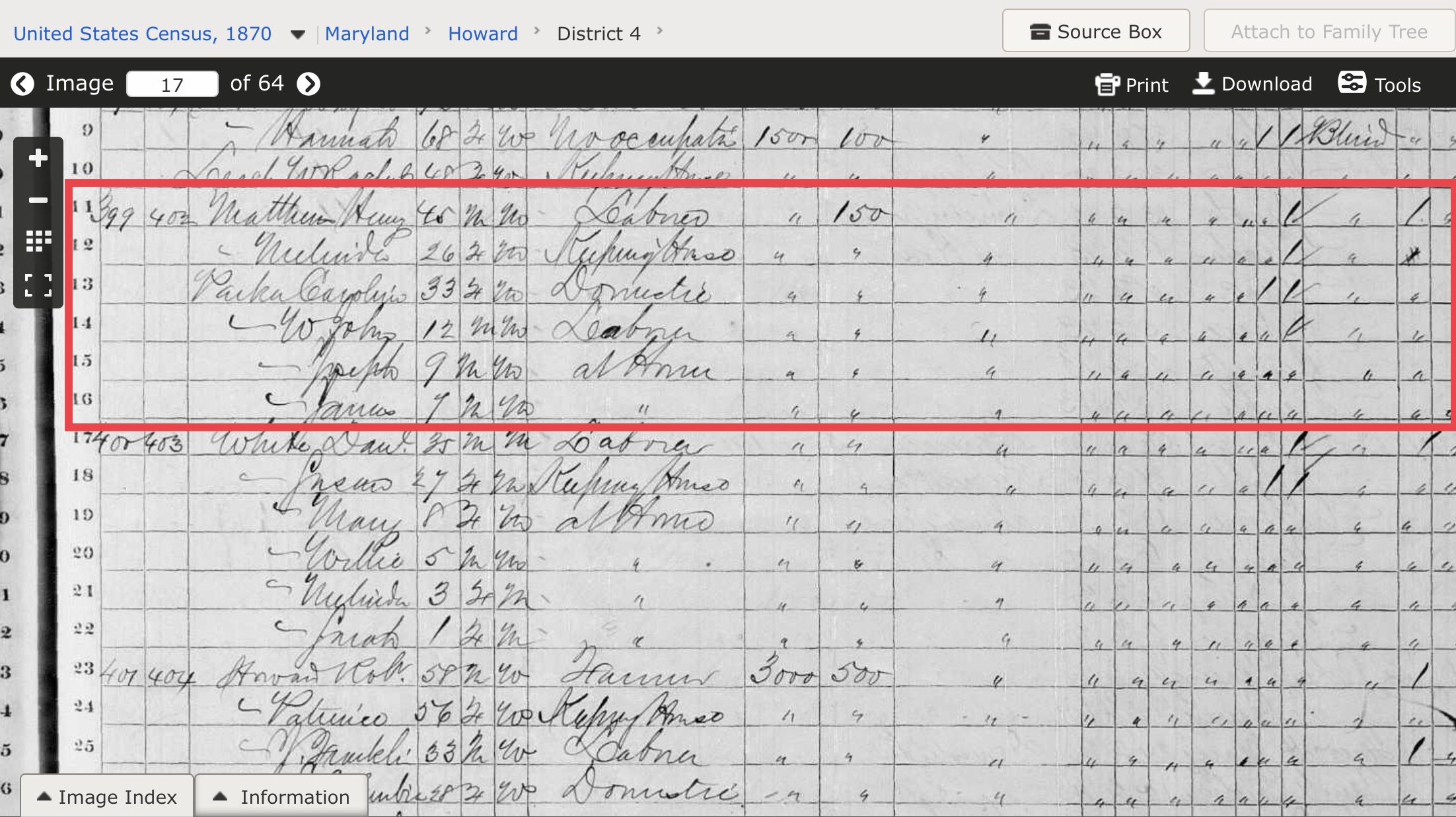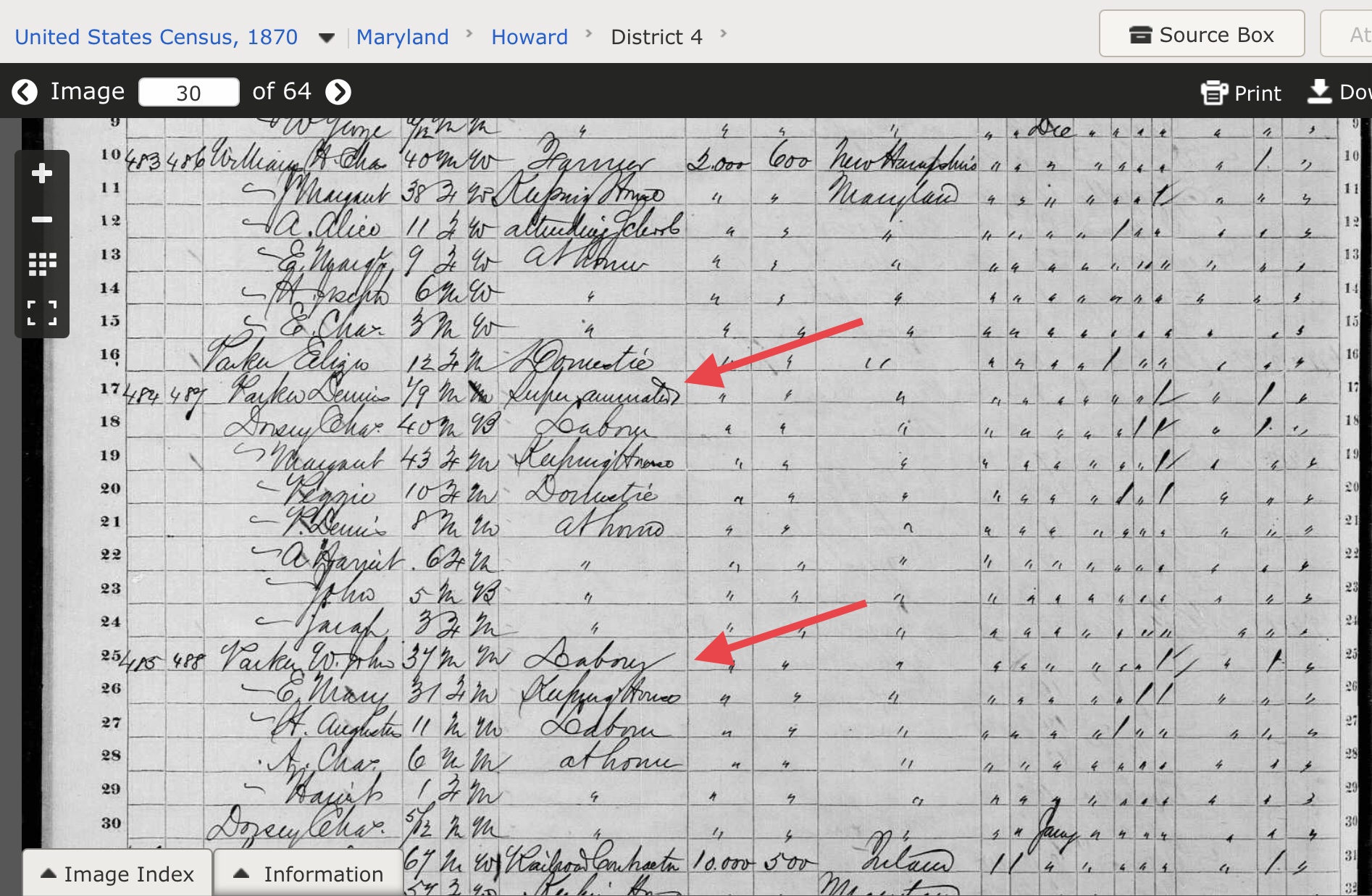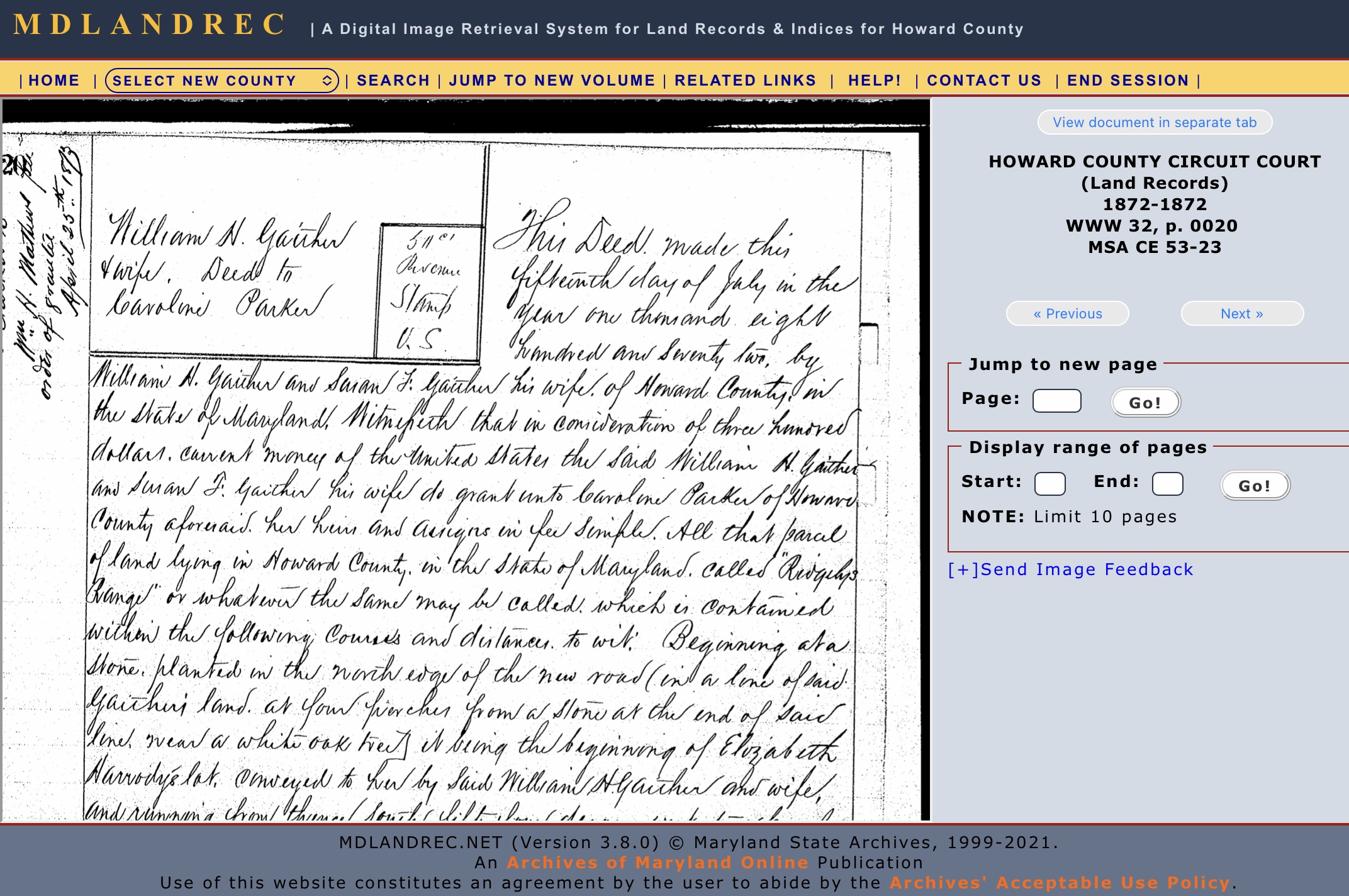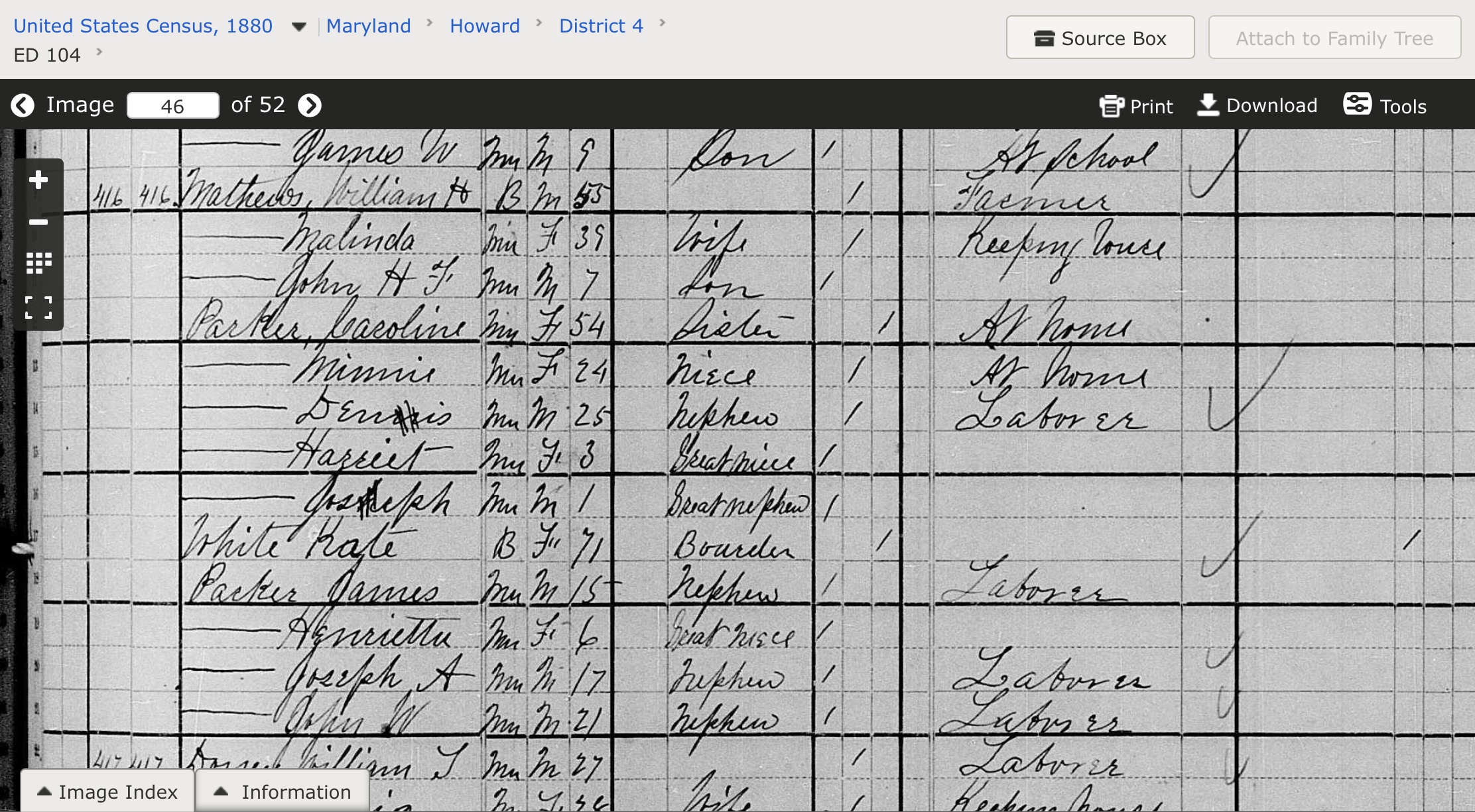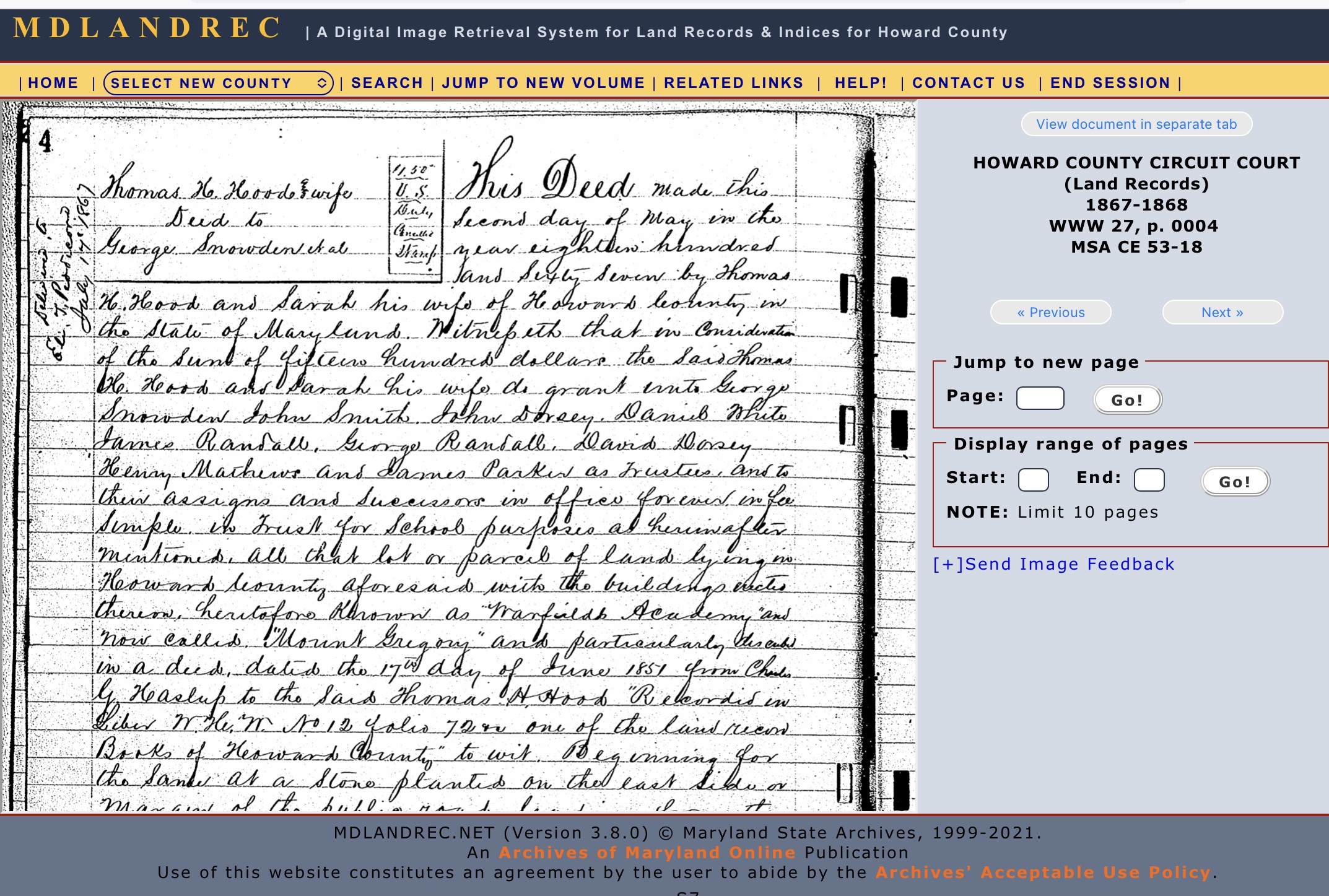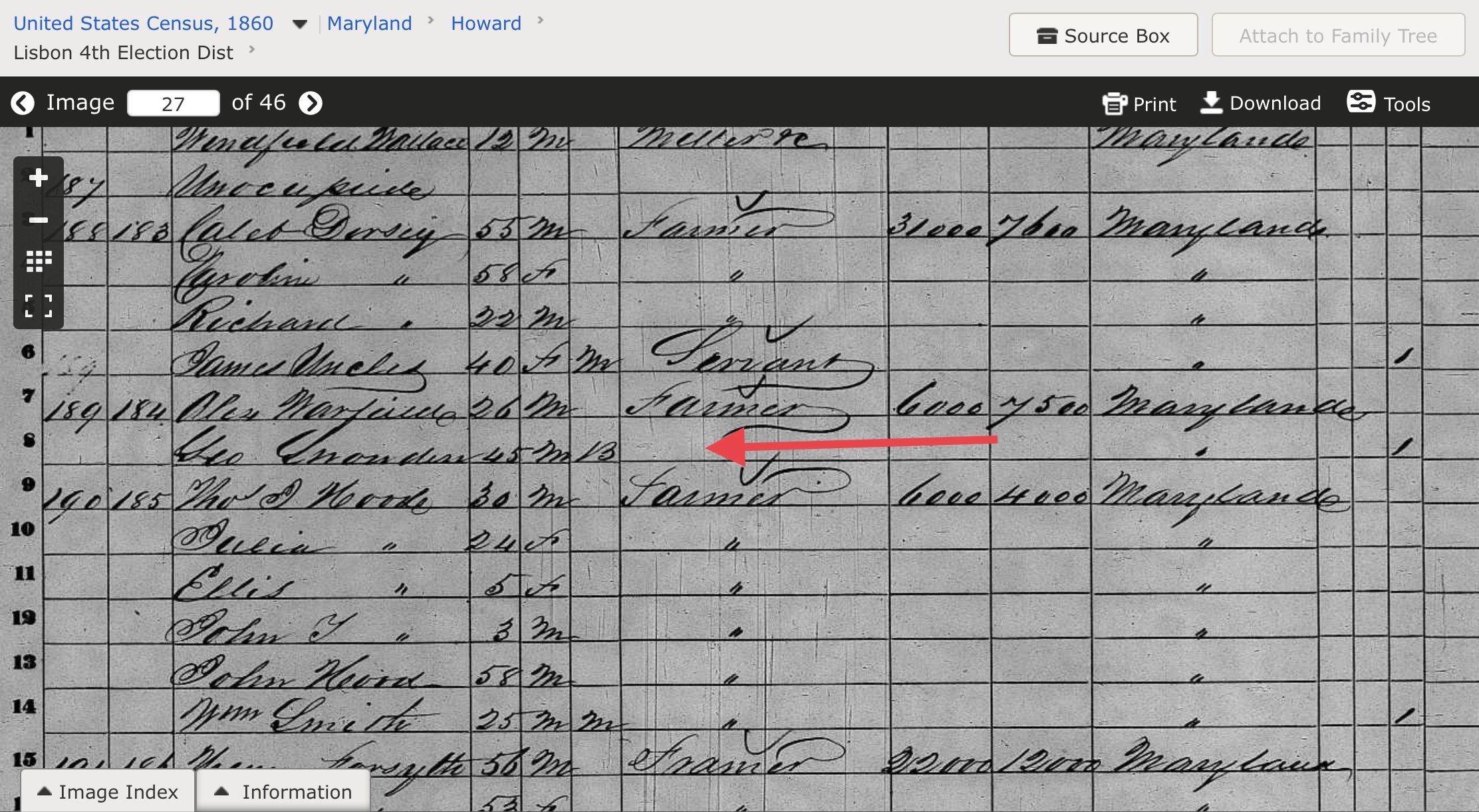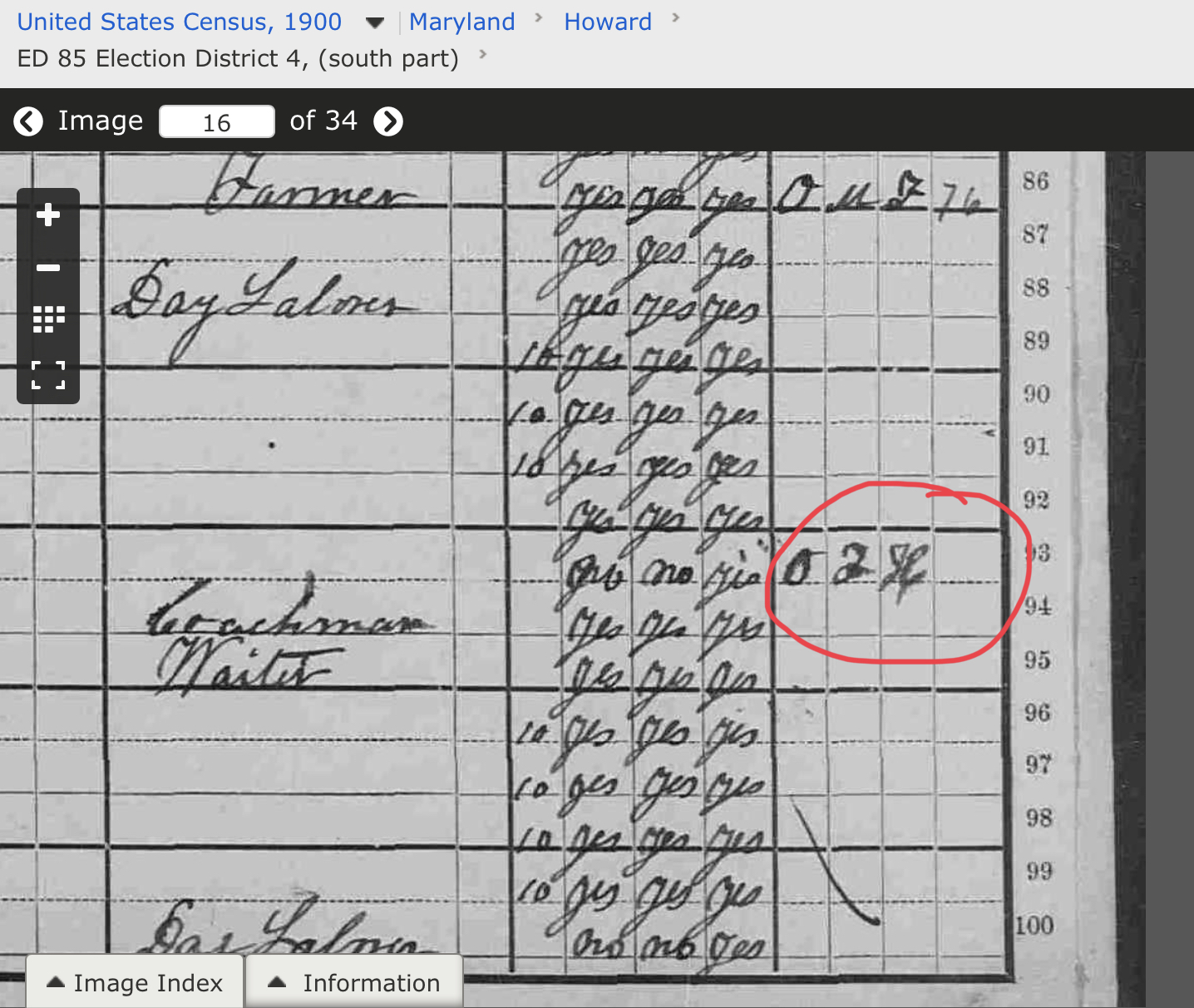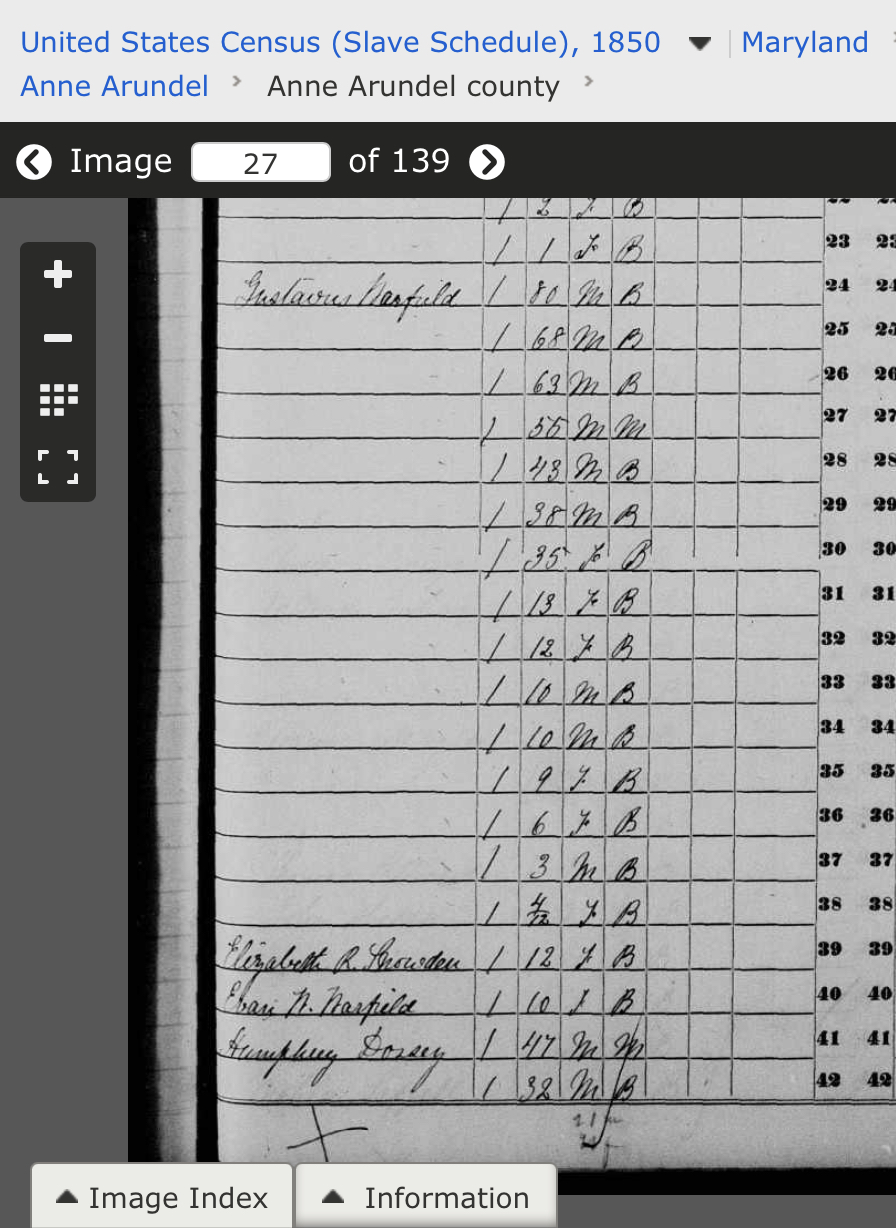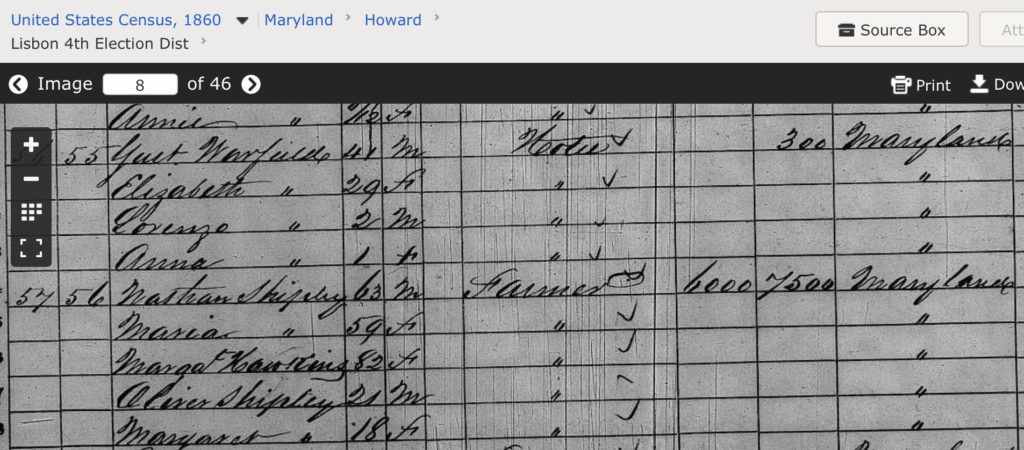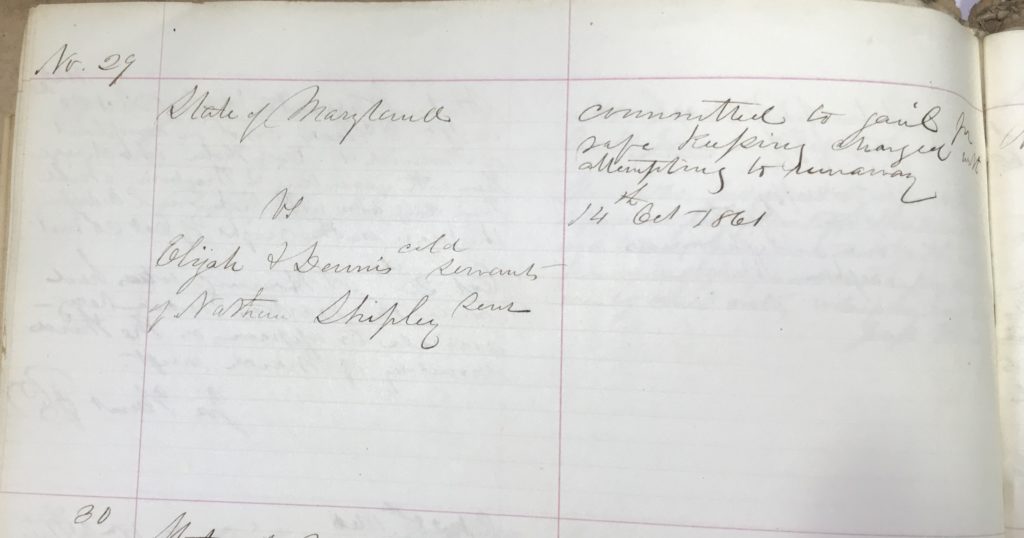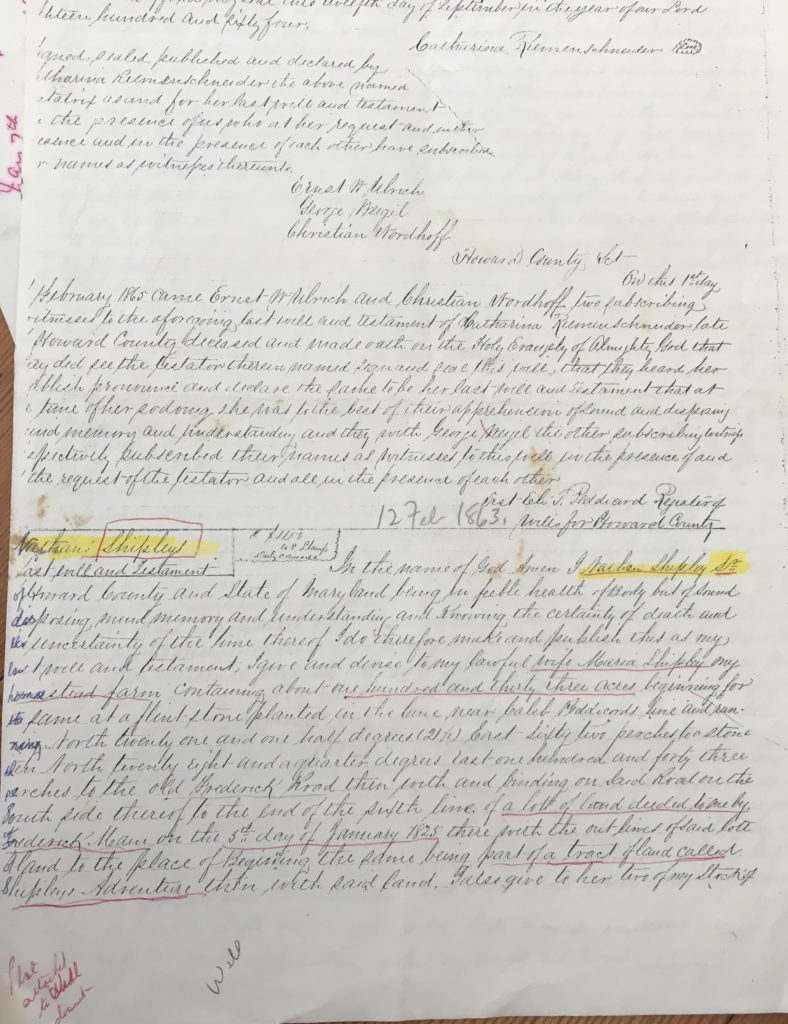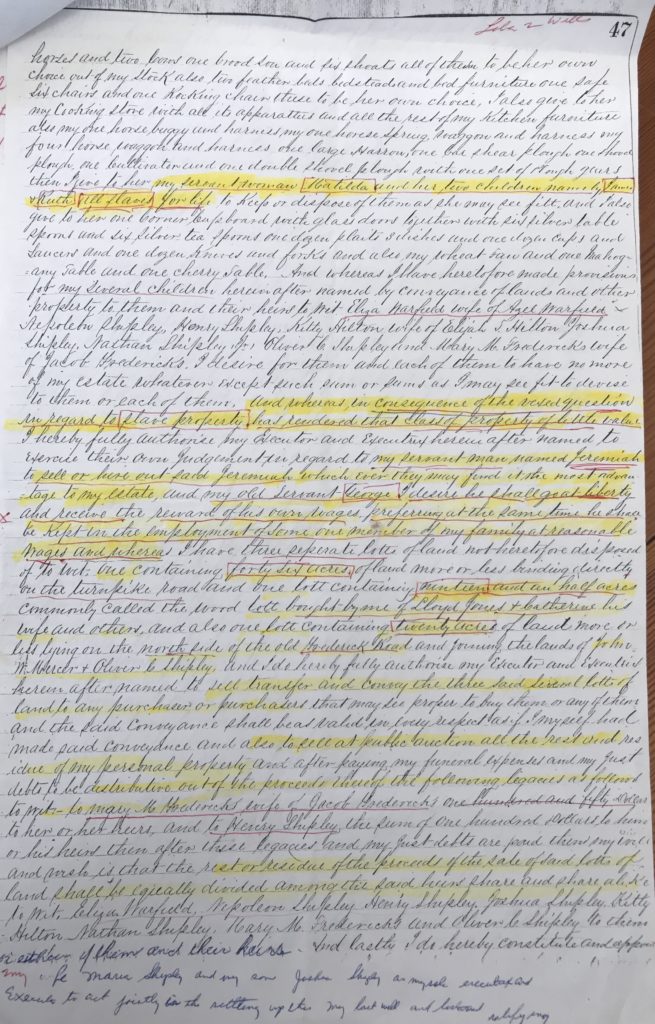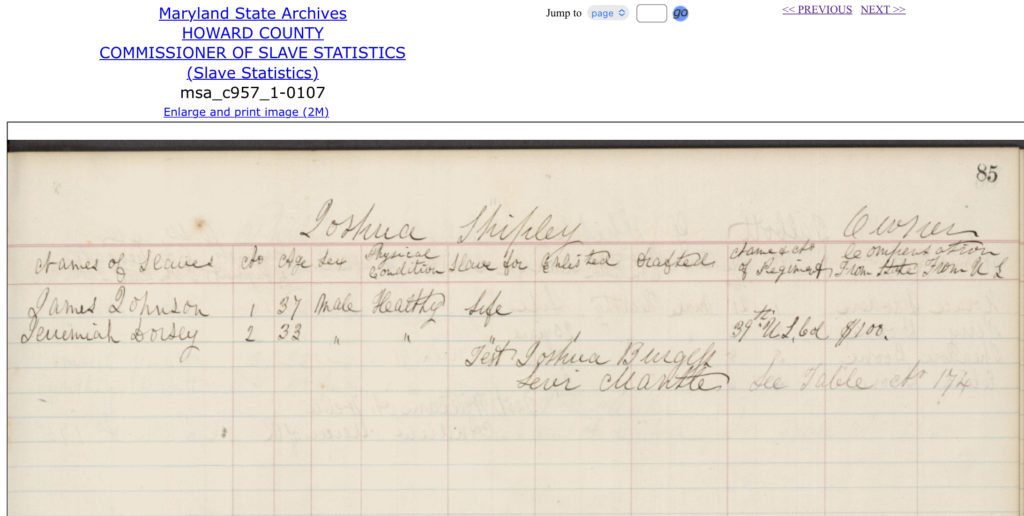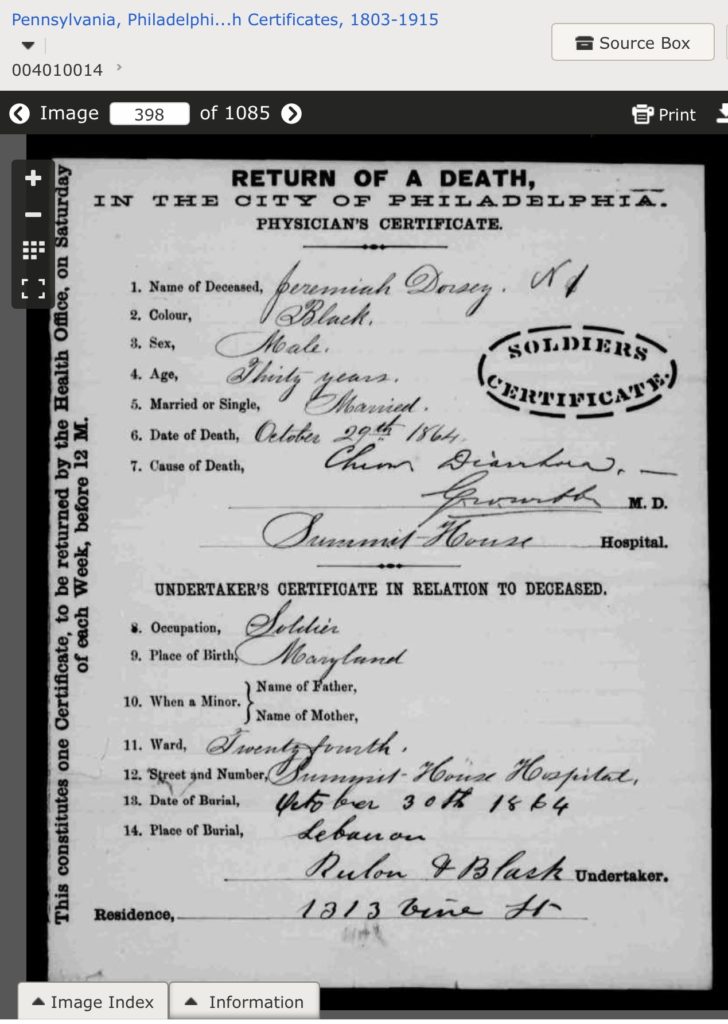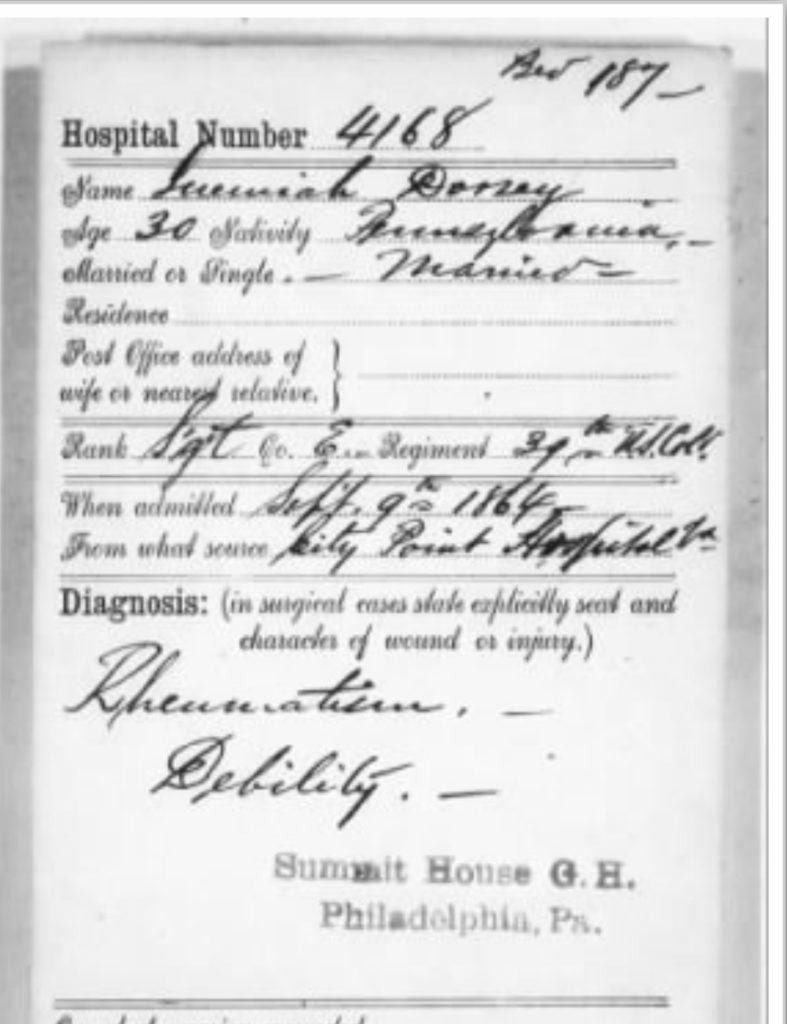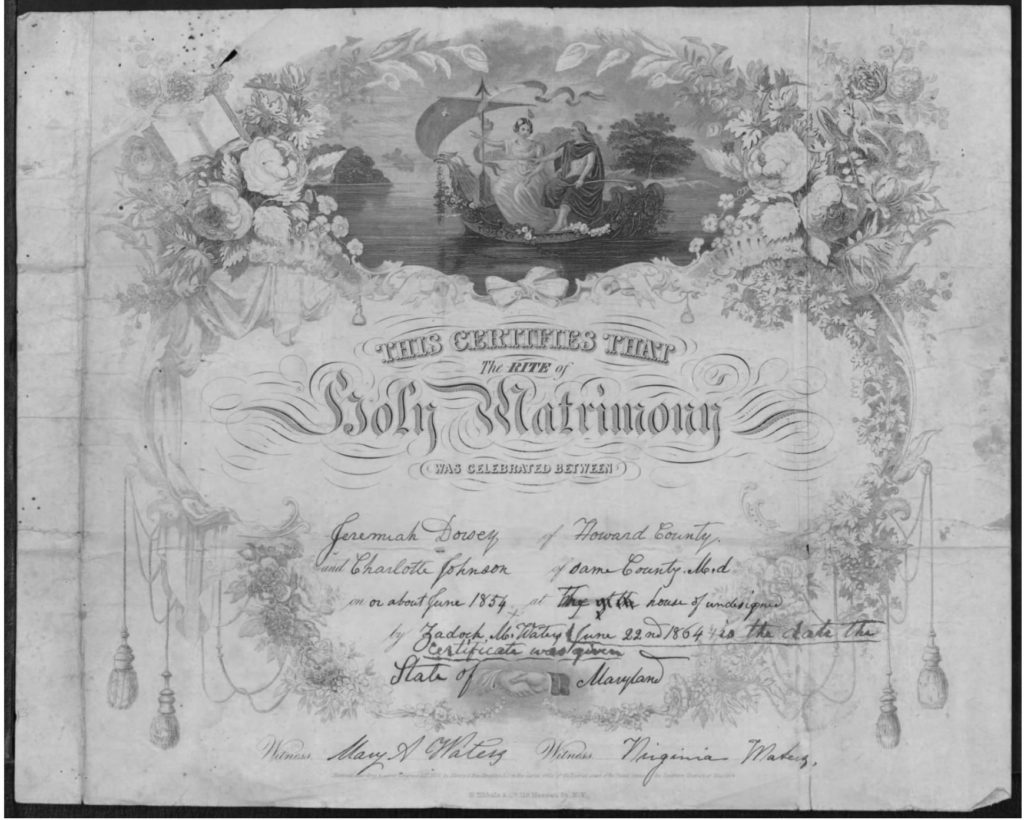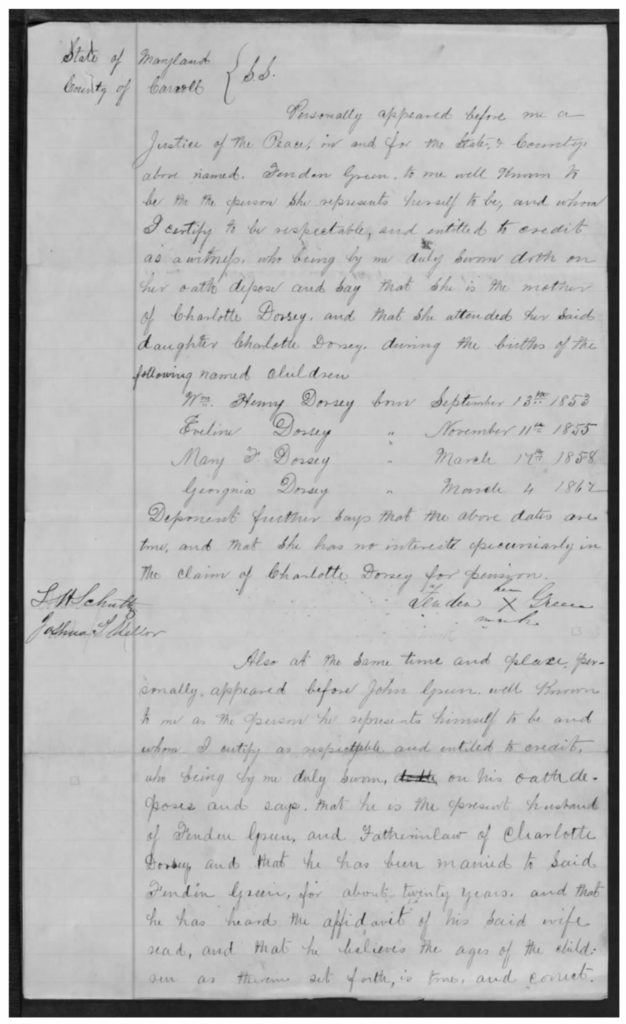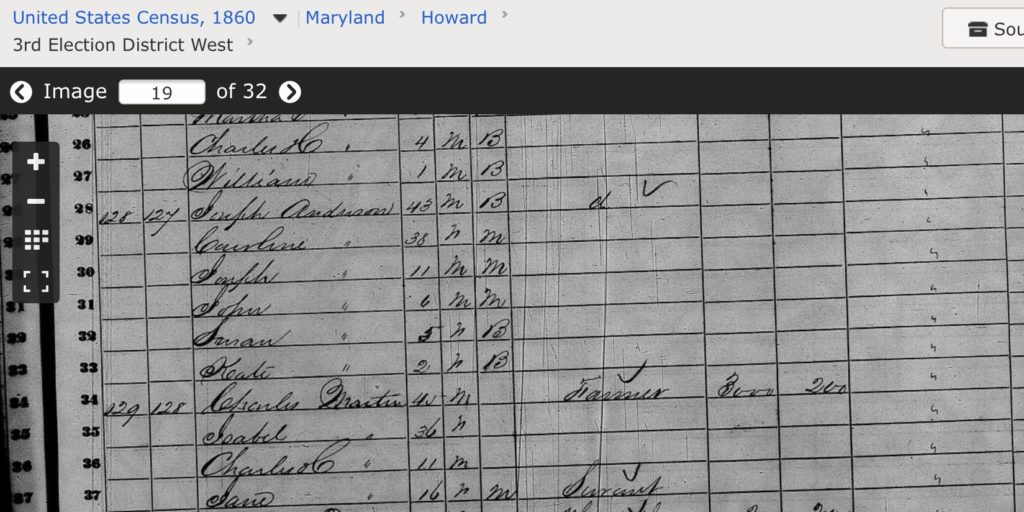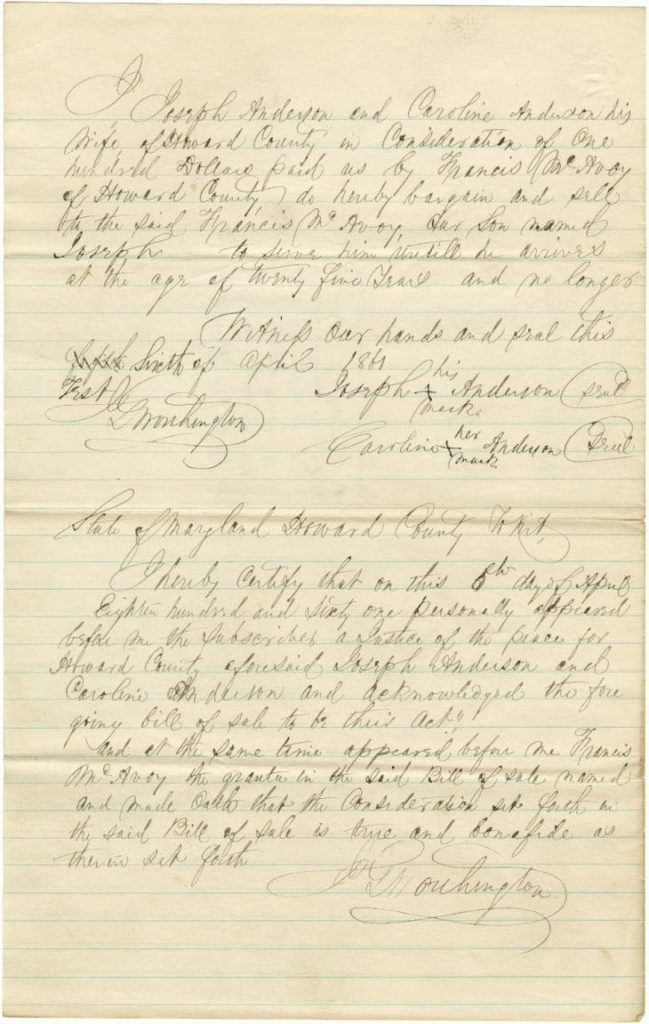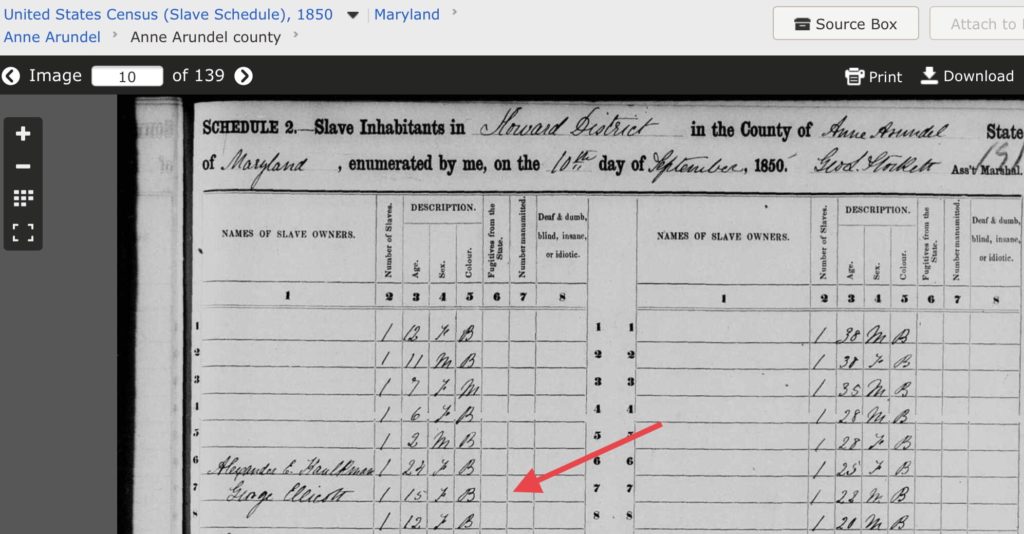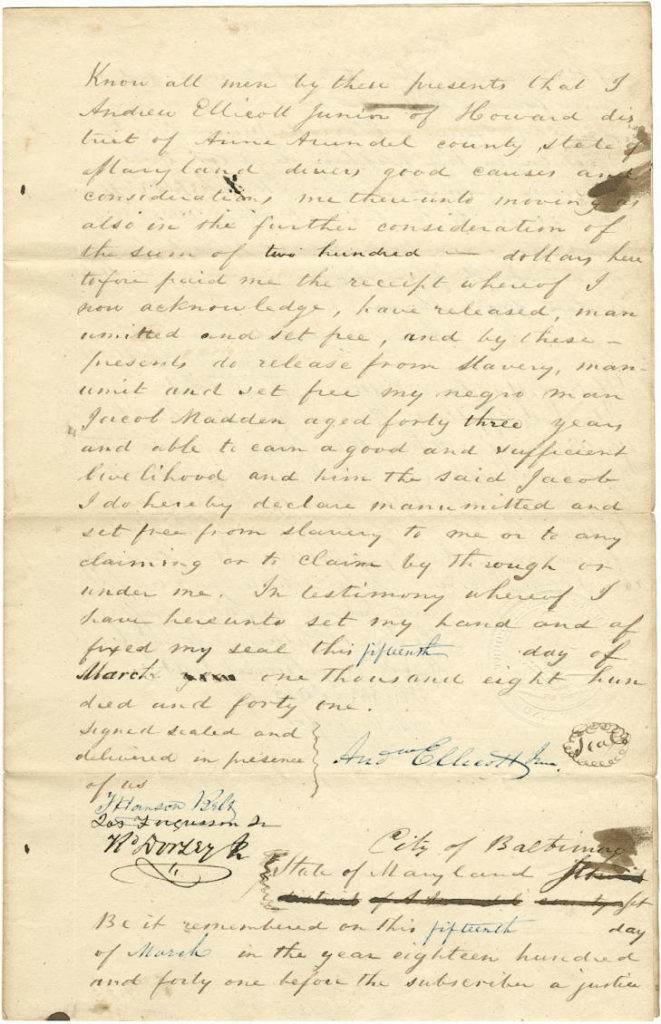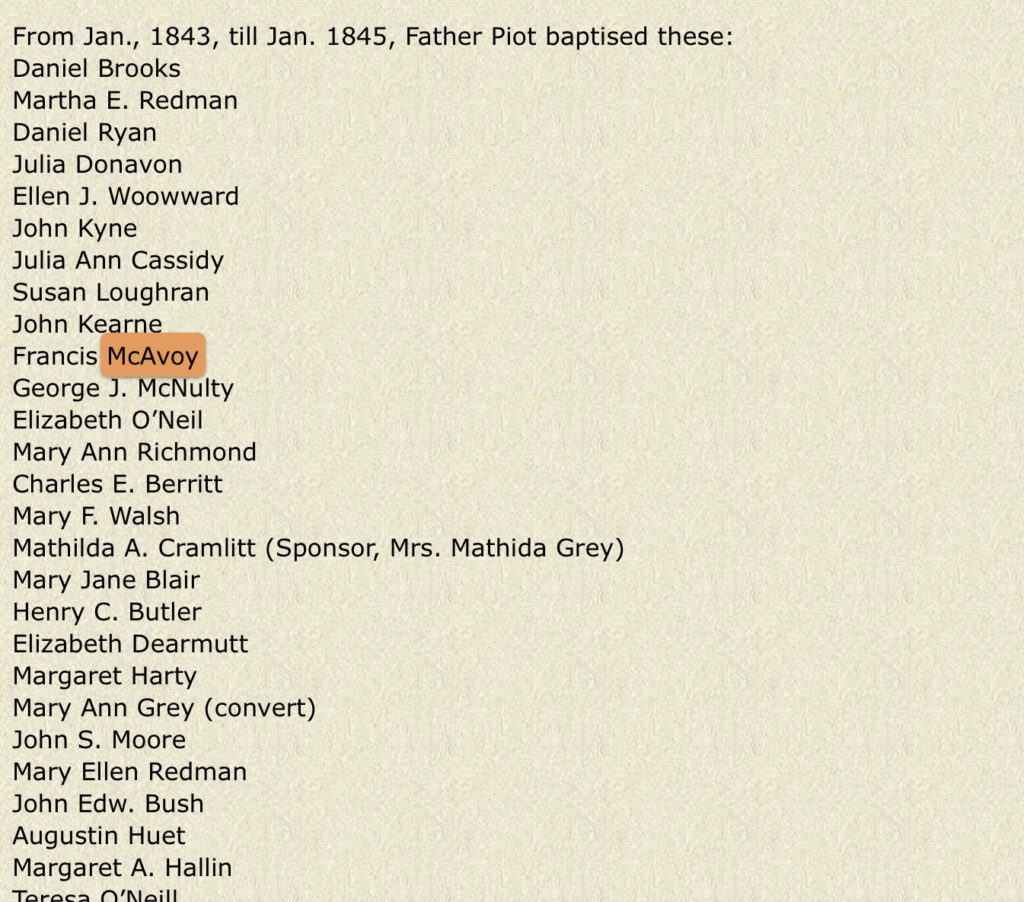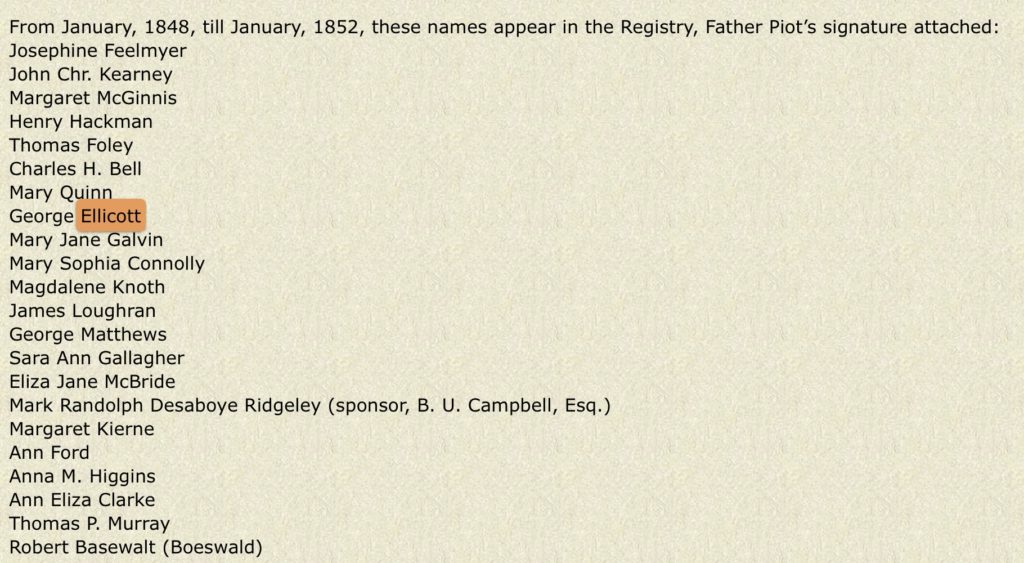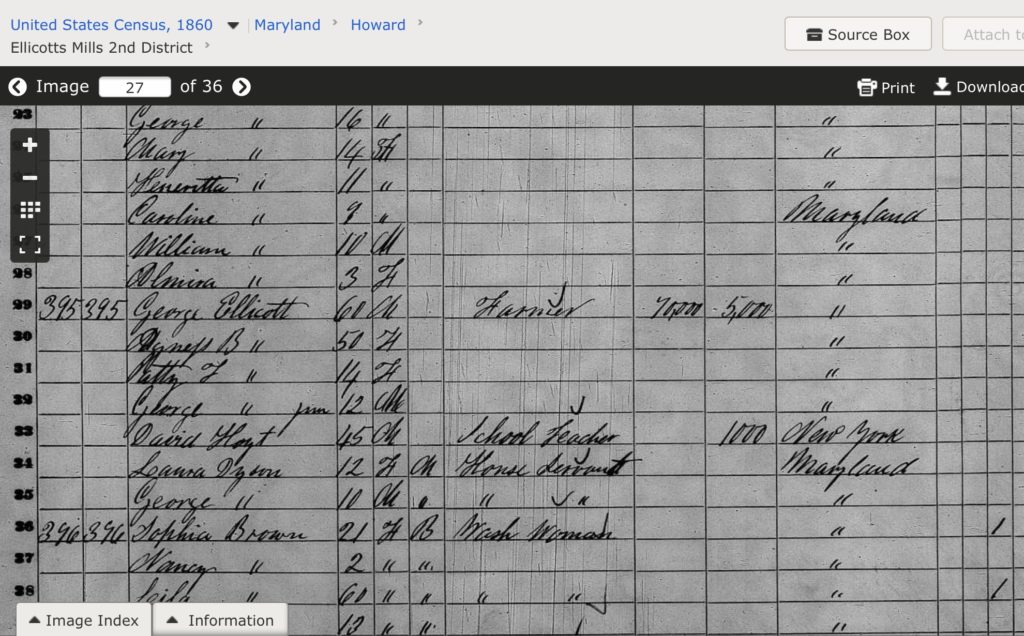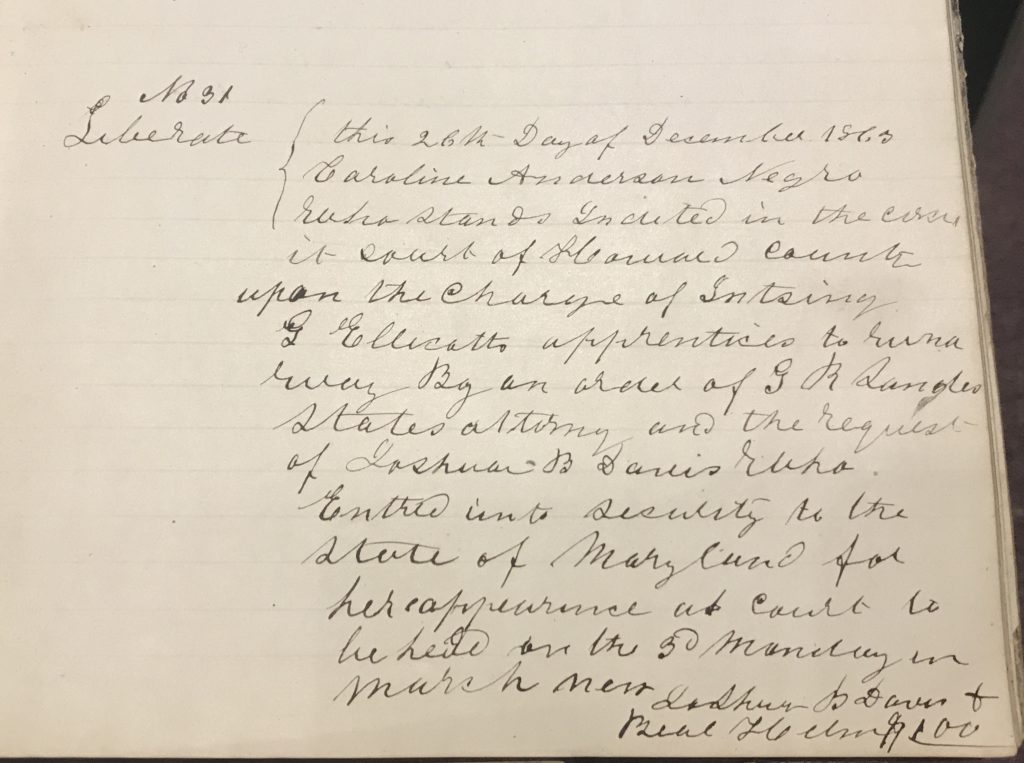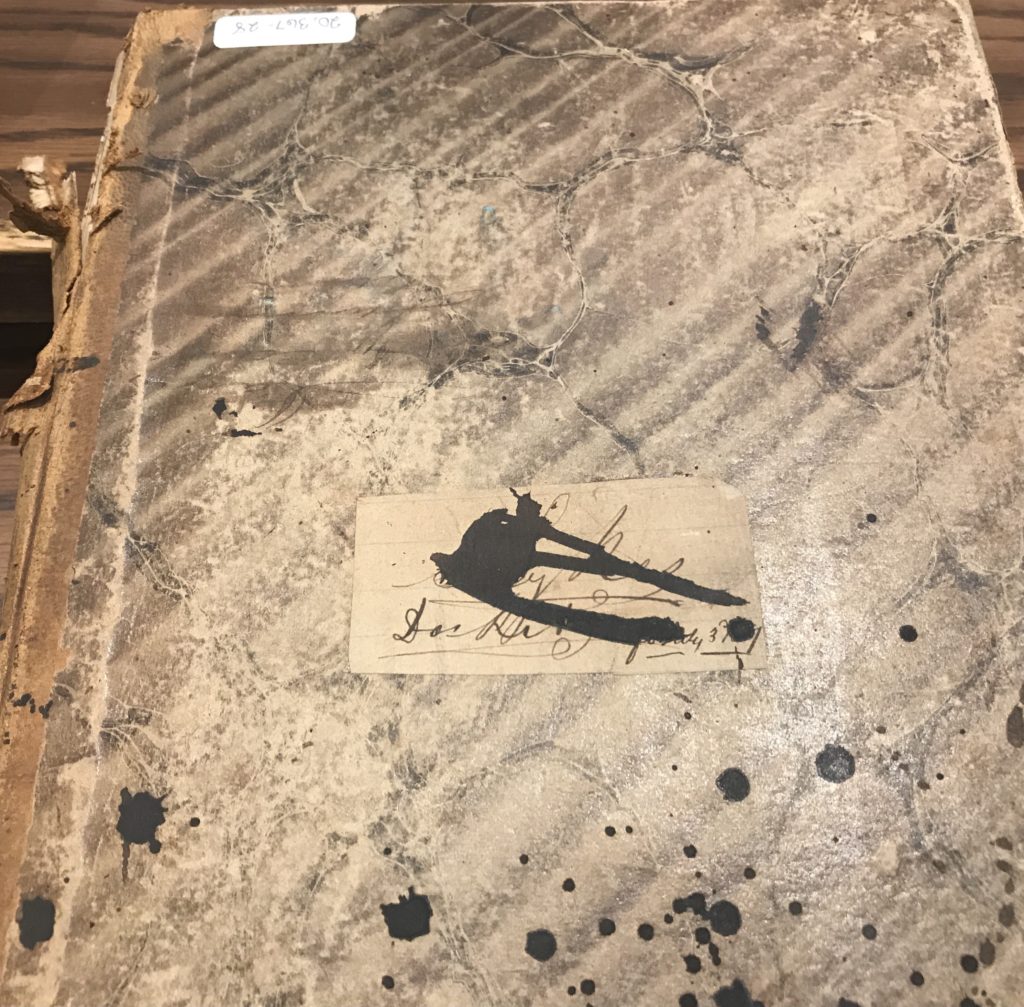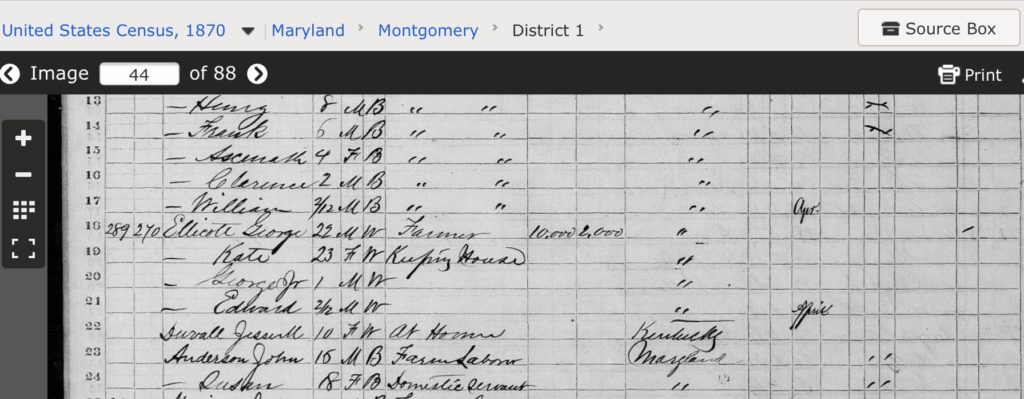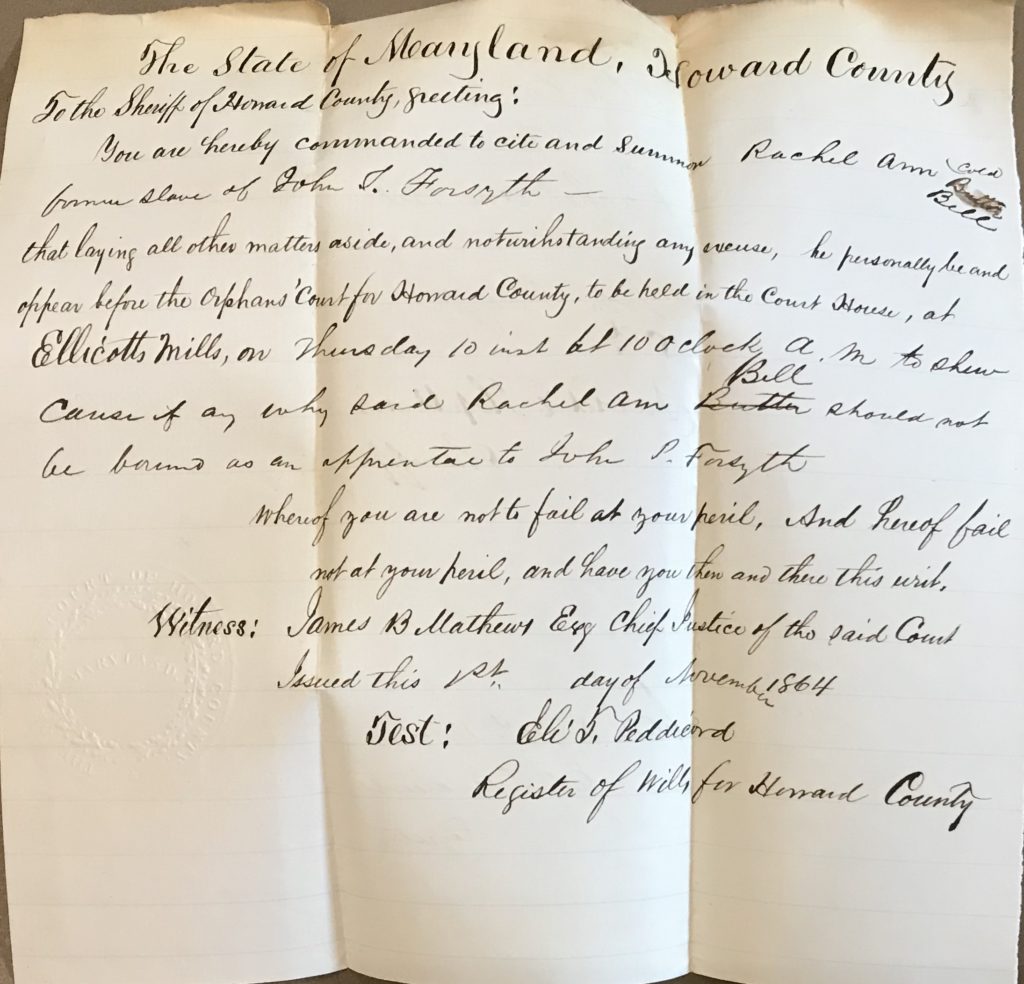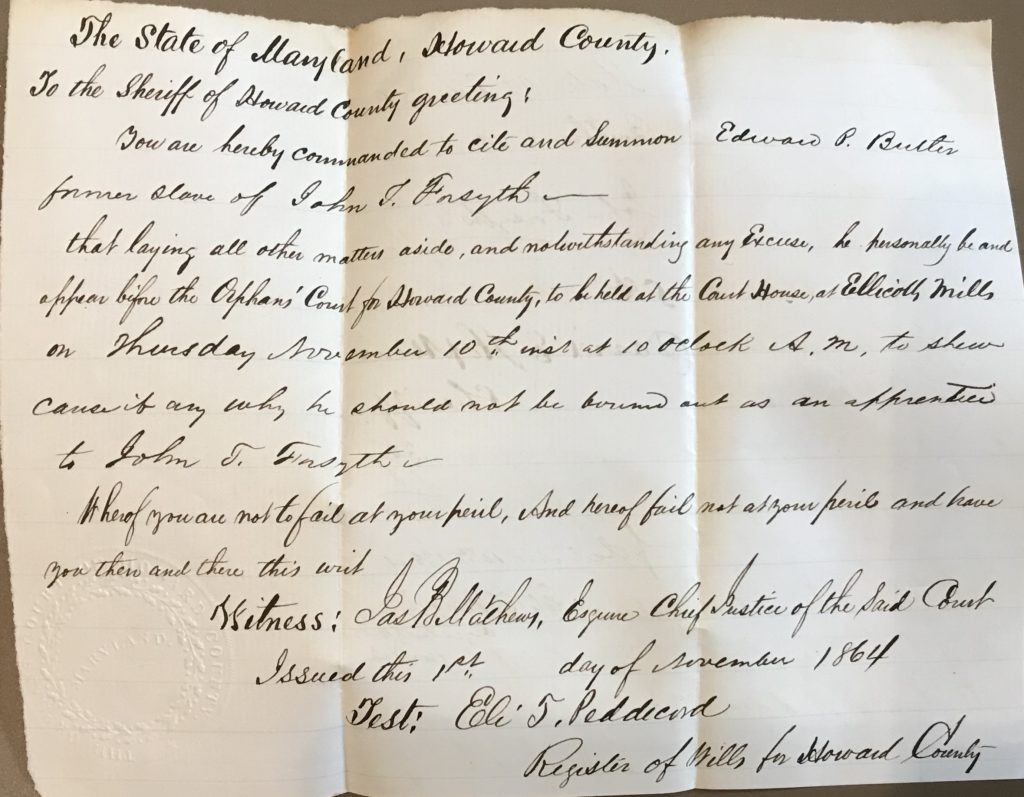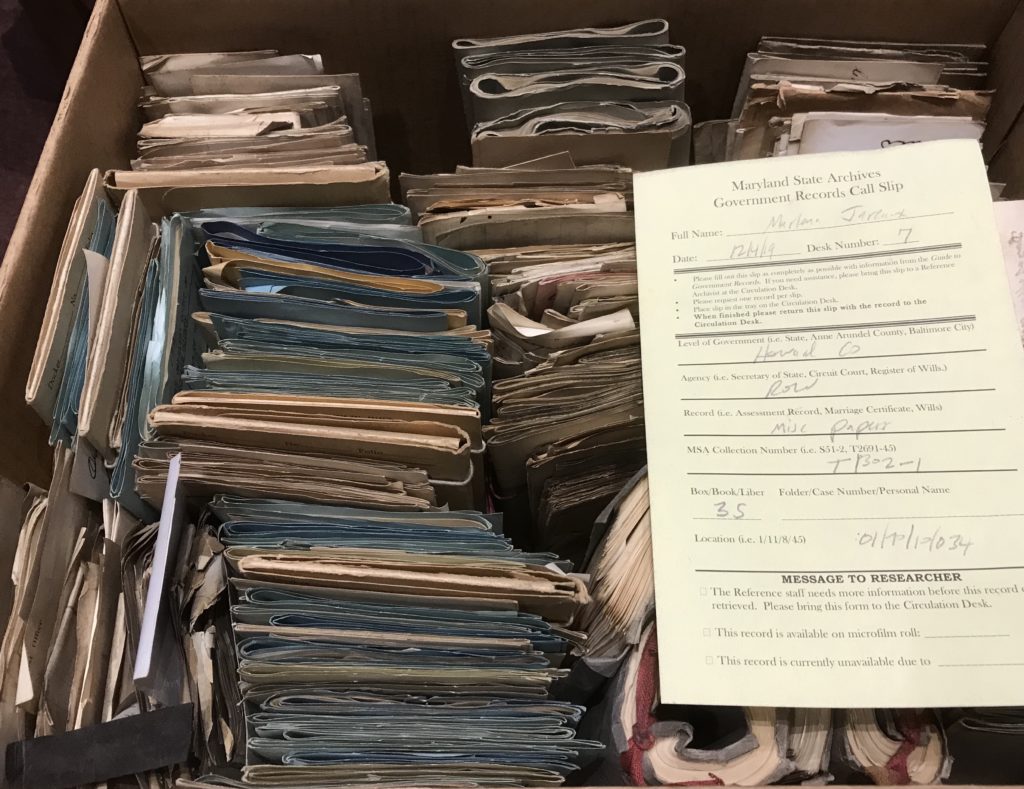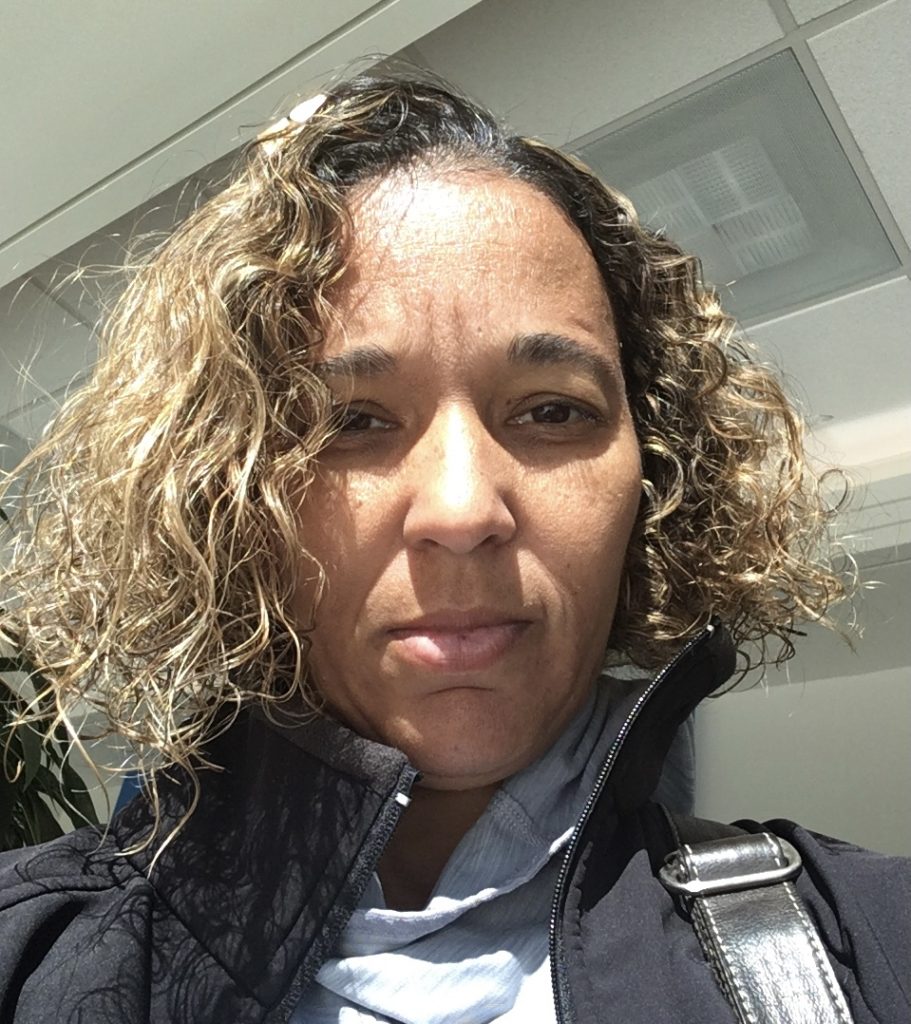Juneteenth National Freedom Day, designated as a county holiday by County Executive Ball in 2021, has come to be known as the symbolic end of slavery in this country. On June 17, 2021 it became a federal holiday. The Emancipation Proclamation had been signed in 1863 freeing those who were enslaved, but it did not apply to all of the states. It would take a new state constitution for Maryland to finally ban slavery in Maryland. Article 24 prohibiting slavery took effect with the new constitution on November 1, 1864. Juneteenth was initially equated with the day when federal troops arrived to Galveston Texas in order to alert those who didn’t know that slavery was no more. There’s plenty that can be found online about Juneteenth celebrations through the years. The end of chattel slavery wasn’t fully enacted until December 6, 1865, when the 13th Amendment to the US Constitution was ratified by the requisite number of states. It was then that slavery legally ended in the United States.
This post was created by a collaboration between a county historian/researcher and a recent county high school graduate. A few months ago, this nonprofit partnered with the Maryland State Archives in order to get the 1867 list of county enslavers transcribed so it could be searchable by historians, researchers, teachers and others. In 1867, a new state constitution went into effect, and a legion of men across the state were appointed to be a Commissioner of Slave Statistics in order to capture the information relative to whomever wished to be compensated for their pereceived losses due to slavery ending. Male and female enslavers in Howard County placed their names onto lists, along with names, ages, period of servitude the enslaver had intended to keep them enslaved, and any enlistment info for those in the United States Colored Troops. A total of two hundred and sixty people put their names down wishing compensation. The info was to be accurate as of 1864. In order to get the list transcribed, a collaboration was done with two high school teachers and their students to guide them through the ins and outs of 1800s handwriting. You can read about that HERE if you want to know more.
This post is designed to show how that information can be used to tell local history, and in this case, stories related to slavery’s end in the county.
We started by pulling out the names of everyone seventy years of age and up. We urge the reader to consider what life may have been like for these men and women who had been enslaved all of their lives, and had never been set free by their enslaver. What might finally having freedom have felt like for them?
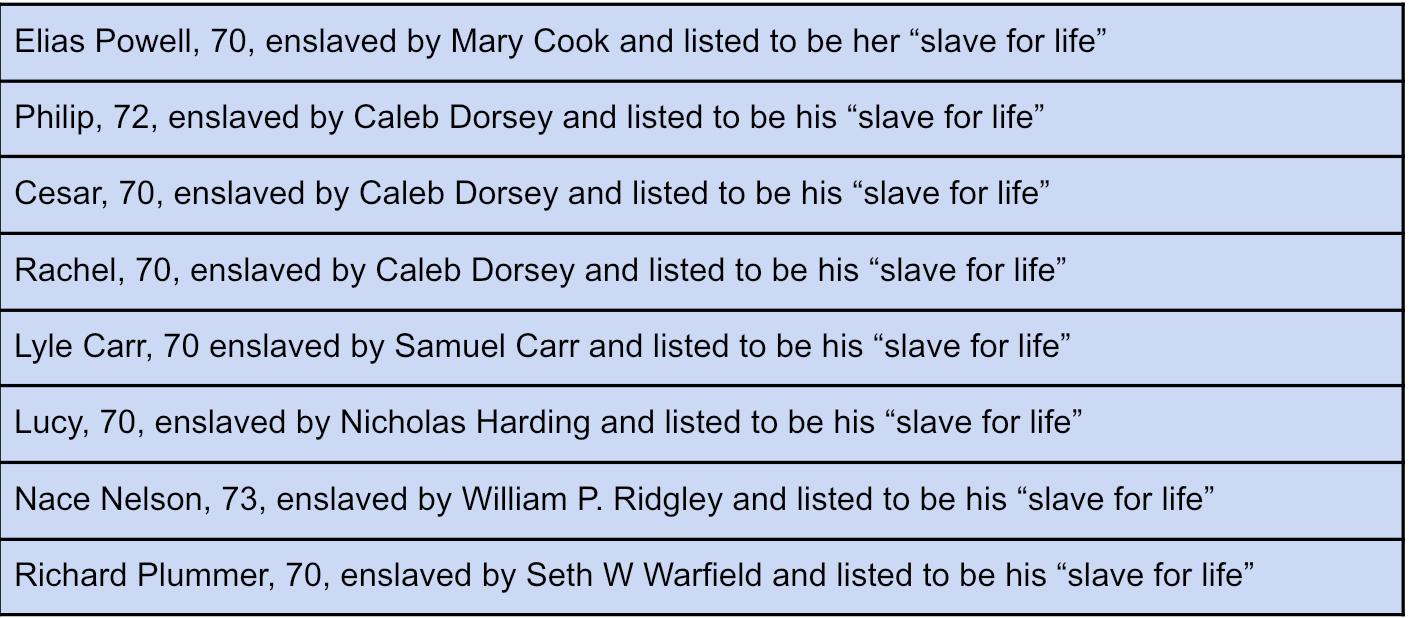
Some of the people we searched for were a little easier to find than others. The grandson of the last living signer of the Declaration of Independence had died during the Civil War, and his descendants put in a claim seeking compensation for 130 men, women and children that Charles Carroll had been enslaving. Two of them were aged 70 years old and up.
William Joice, 70, enslaved by heirs of Charles Carroll and listed to be a “slave for life” was recorded to be “feeble.”
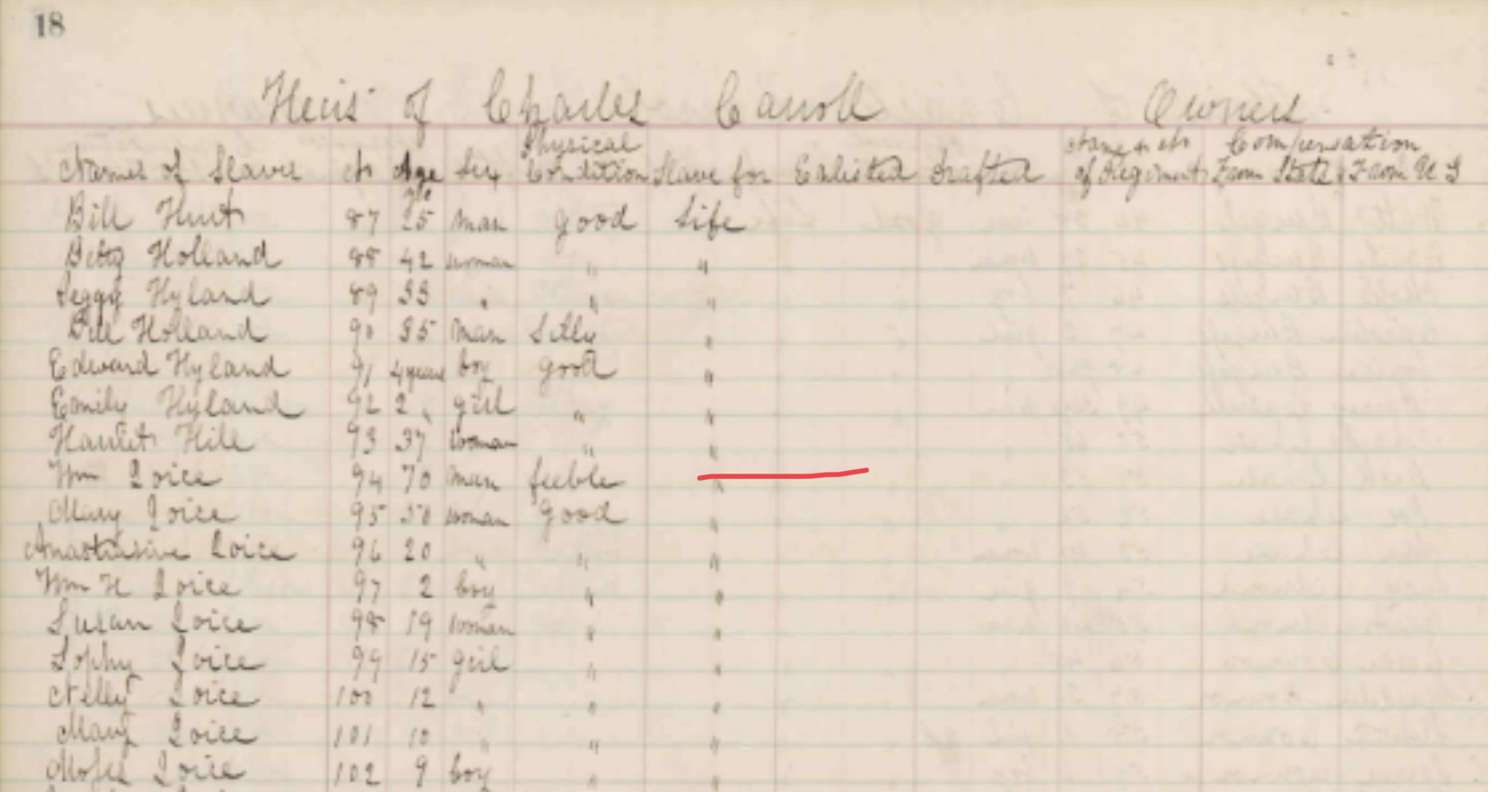 From the 1867 Commissioner of Slave Statistics record held by the Maryland State Archives.
From the 1867 Commissioner of Slave Statistics record held by the Maryland State Archives.
We believe we located William on the 1870 census, living in Baltimore, recorded to be a blacksmith. Recorded to be 95 years old, we don’t know if the 1867 age was wrong, or the 1870 age was. We believe they are the same men because of the Mary Joice/Joyce record references on both records.
 The 1870 US Census of Maryland, Baltimore District 3
The 1870 US Census of Maryland, Baltimore District 3
Sophy Jones, 75, was also listed to be a “slave for life” by the Carroll heirs. At age 75, she was the oldest person listed on the1867 list, and we had hoped to find her in census records to be able to provide information about what she did after her emancipation. Unfortunately, we didn’t locate her which could mean a number of things. The enslaver could have had her name wrong; she could have gone by another name by 1870 or deliberately changed it; the census taker where she lived may have missed her; she may be in another record series not consulted in researching for this post; or her freedom may have been cut short by her death. Her enslaver had recorded her to be “weak”. The key to finding her may lie with Matilda Jones who was also recorded by the Carroll heirs.

Lucy Scroggins, 73, enslaved by the heirs of Charles Dorsey, was listed to be their “slave for life”. We believe we found Lucy. In 1880, she was living in District 2 of the county with her son Isaac and her grandchildren.
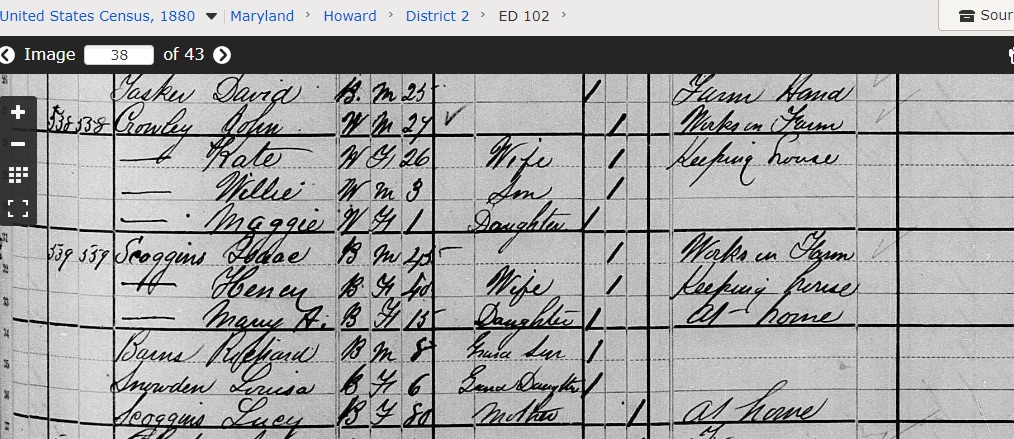 The 1880 US Census of Maryland, Howard County District 2
The 1880 US Census of Maryland, Howard County District 2
We turned our attention to the youngest people on the list who were emancipated. We found that there were a total of three children who were two weeks old and younger. They would have been too young to understand what was happening, but their parents would have likely felt ecstatic that their children wouldn’t have to experience enslavement and would have had stories to share with them.
1) Samuel, two weeks old, the child of Debora Gaither, enslaved by Martin Batson.
2) Howard Wilson, 7 days old, enslaved by William P. Ridgely (Jane Wilson, age 15 also enslaved by Ridgely)
Latisha Plummer, born to 35 year old Eliza Plummer, was only 2 weeks old when her enslaver Jonathan Miller placed her and her mom’s name on the list in the hopes of receiving financial compensation for them.
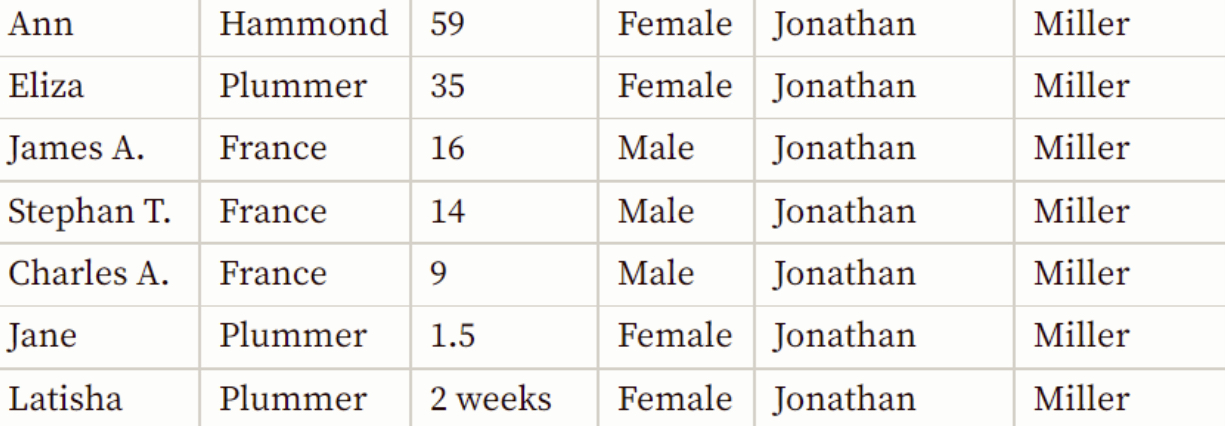
The transcription table generated by a county high school student showing Eliza, two of her children and two France children mentioned.
Latisha was found in the 1870 census in District 4, Howard County under the name “Letitia Plummir” living with her mother Eliza (still recorded as being 35), her father Lawson, and her siblings. Also in the household was James and Thomas France, both of whom had also been enslaved by Miller. In 1880, she was in the census in Lisbon, Howard County as “Lettie,” still living with her parents and noted to be attending school. While her mother and father could not read or write, Latisha could. An 1884 record shows a “Letitia Plummer” getting married to a “Basil Dorsey” in Carroll County, Maryland. She would remain in Carroll County for decades with her husband and children.
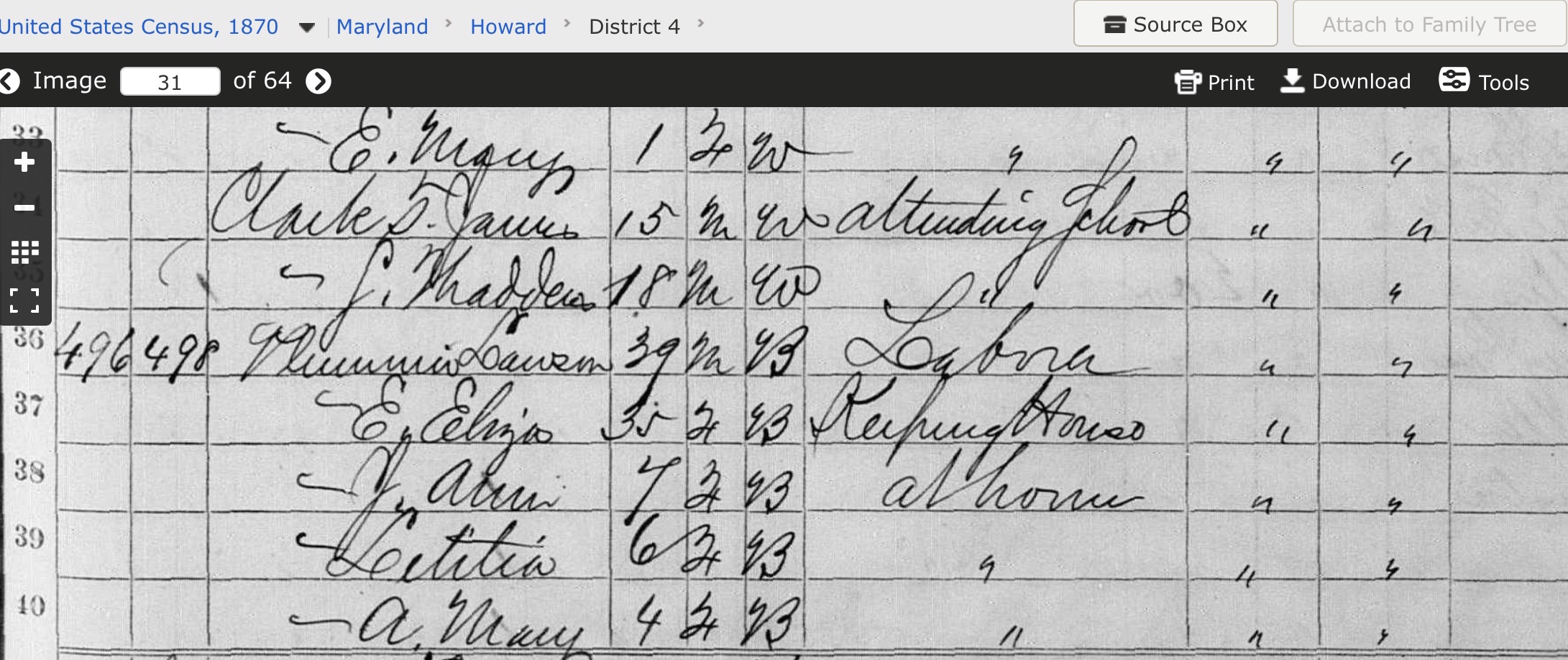
 The 1870 US Census of Maryland, Howard County District 4
The 1870 US Census of Maryland, Howard County District 4
Thoughts by Lindsey Bloom, intern and recent graduate from Atholton High School: Latisha lived a life that her mother was largely robbed of. We were not able to find her father in the database which makes us suspect he had been free. She had access to an education that they hadn’t, and she was able to marry and have children as a free woman. The joy that her parents must have felt at her ability to live a successful life with a husband and children in a household of her own must have been immense. Latisha’s story is one of pain, hope, and progress, but it was by no means an end point. I have no doubt that Latisha suffered in life and faced racism as her parents did and as her children also would. Today, we still have a very long way to go, and the fact that stories like Latisha’s often go untold is proof of this. Seeing this piece of history unfold, however, and imagining the hope that Latisha’s family must have felt and that she herself undoubtedly came to understand when she was older is a reminder that change is possible.
Thoughts by historian and researcher Marlena Jareaux: As historical records continue to be processed and made digital, the local stories relative to the county can be told. Only then can we know how the county we love actually processed emancipation and how/when people began to celebrate it here. Personally, I wonder what life was like on Doughoregan Manor (home of Charles Carroll of Carrollton) for those 130 people who finally got their freedom from the Carrolls. Was there a Juneteenth celebration on the grounds of the Manor? We researched some of the easier records to search through to do this post, but there are others to be consulted. Records that were created and captured by people like Black county historian Beulah Buckner, once processed, will also be able to help us to put together the county’s story. Assuming the reader has some interest in Juneteenth, this post will hopefully have you wonder about our own local history… which we continue to work on compiling and telling.
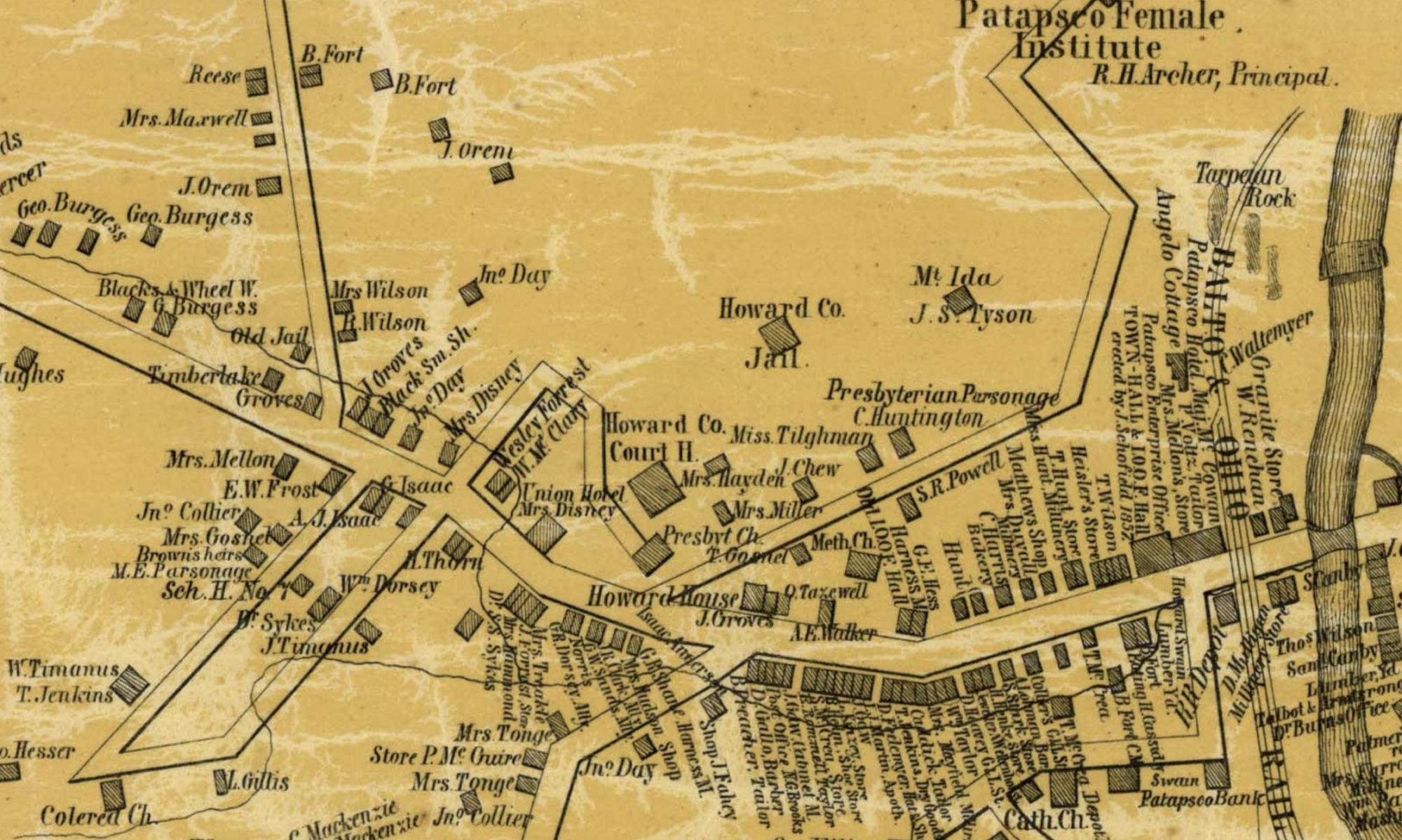

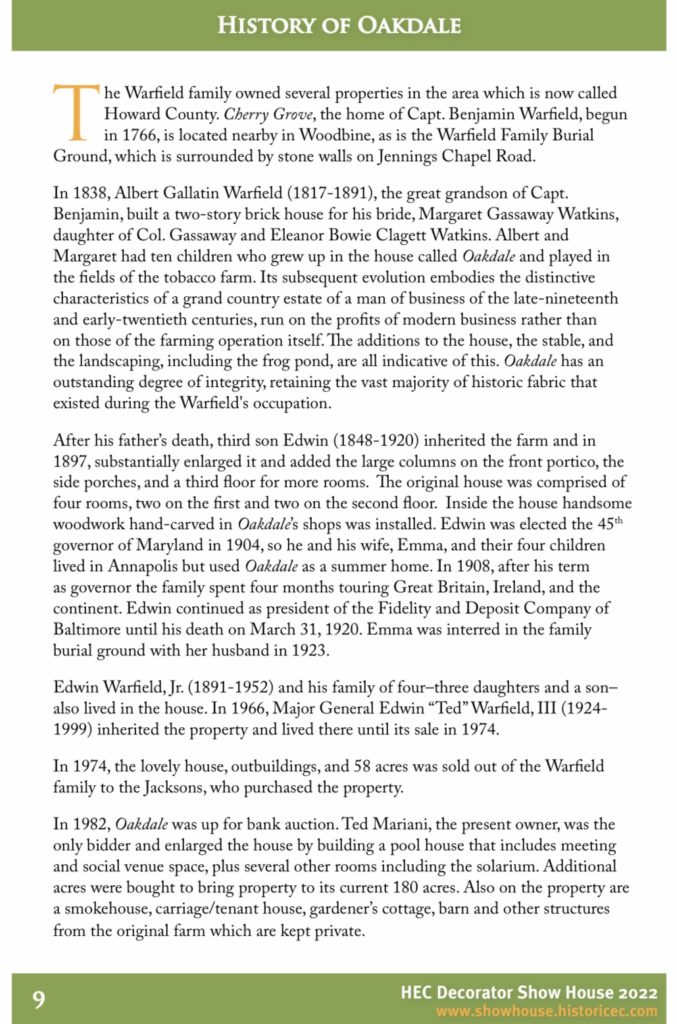
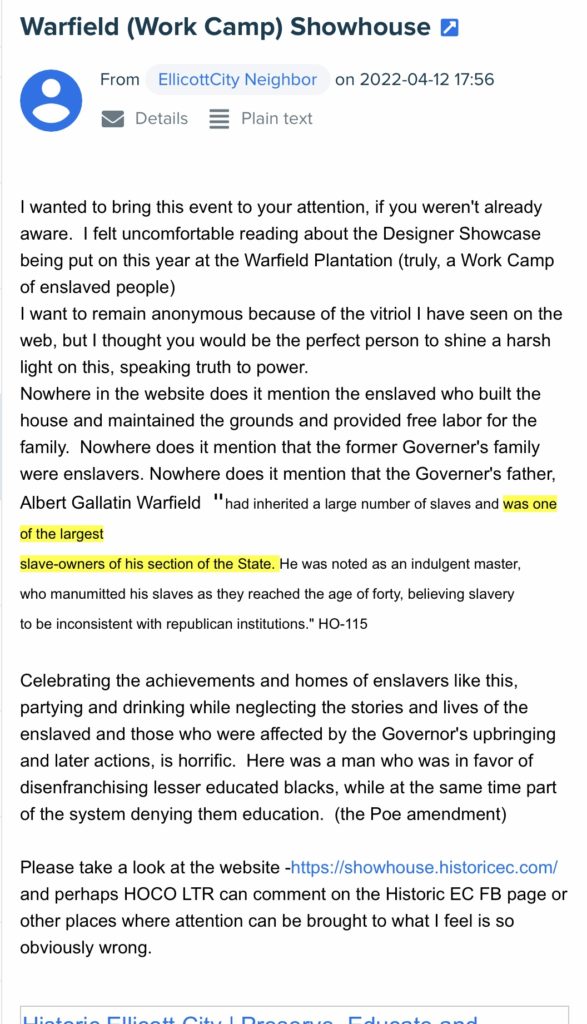
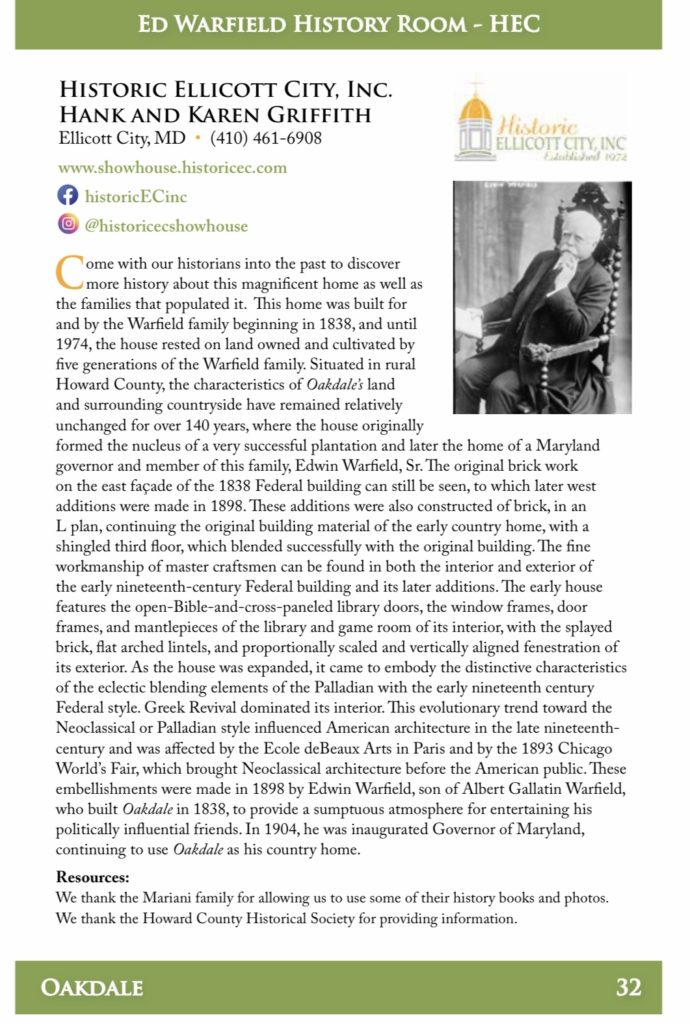

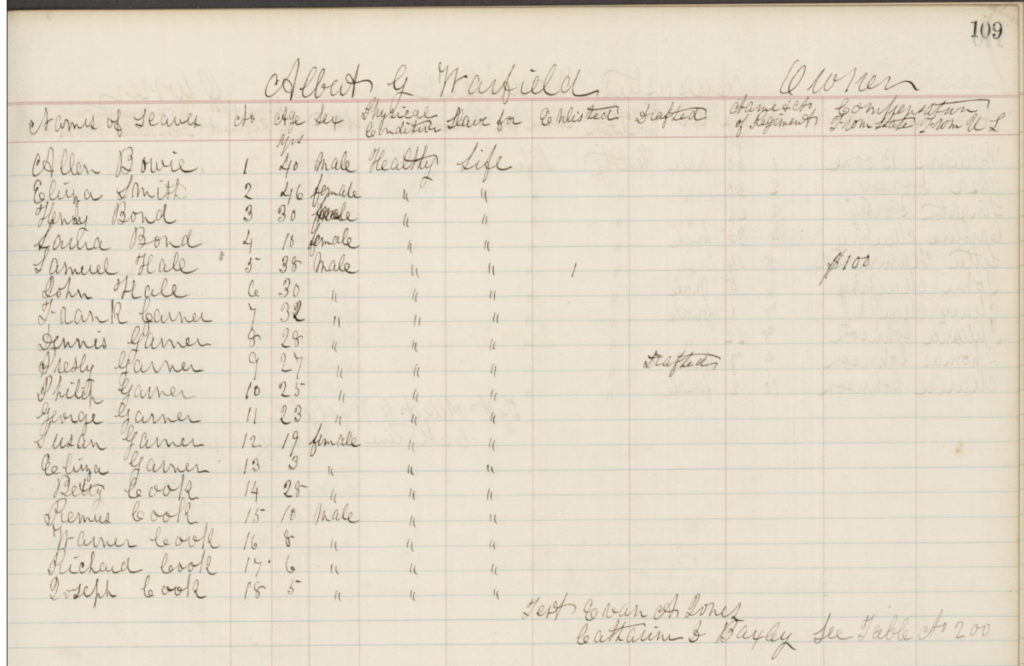
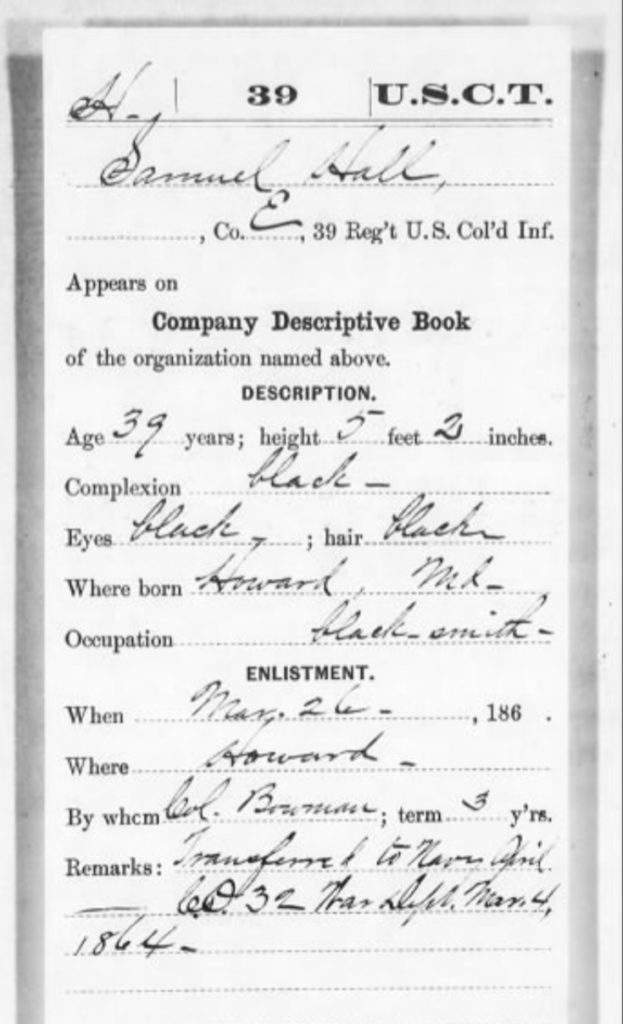
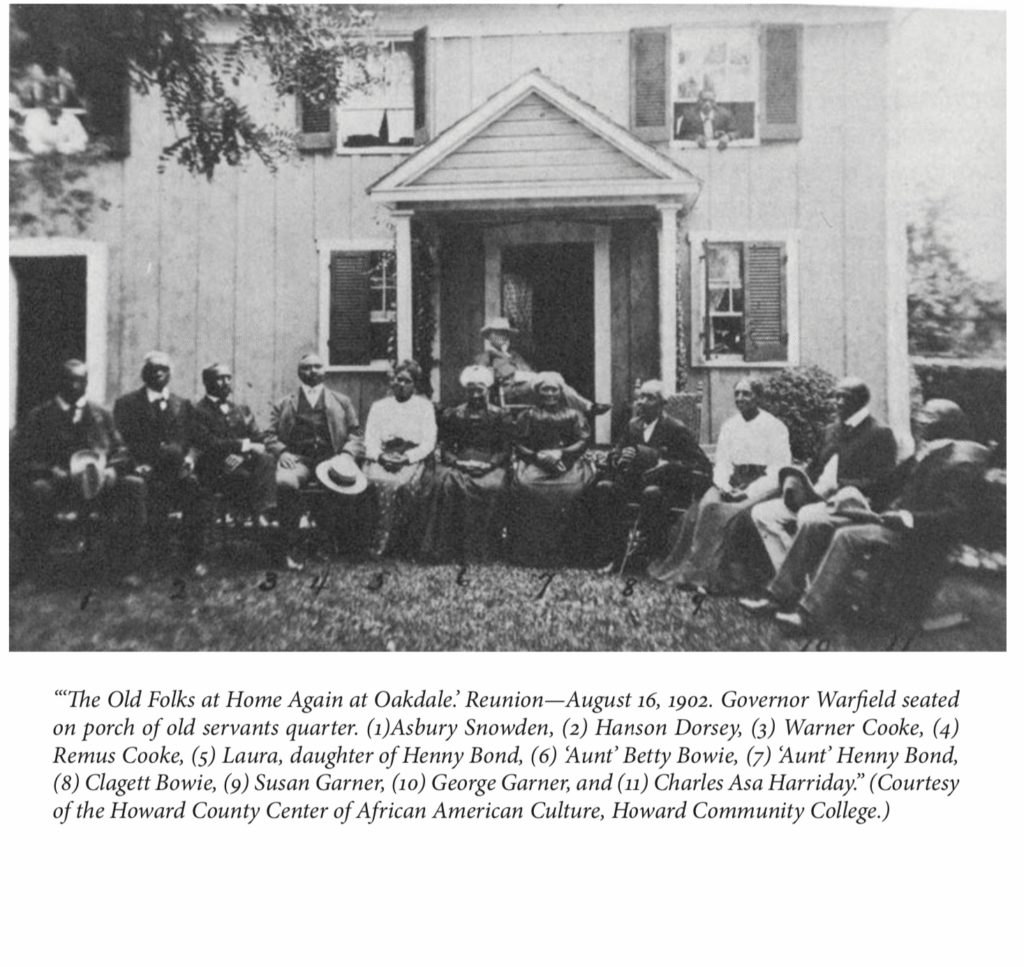 It looks like the show started with several elected officials in attendance lending their names to support. This photo shows the applicable building dates for all to see. I just wonder how many of them knew to ask about Samuel or any of the others I’ve mentioned, and if so, did they?
It looks like the show started with several elected officials in attendance lending their names to support. This photo shows the applicable building dates for all to see. I just wonder how many of them knew to ask about Samuel or any of the others I’ve mentioned, and if so, did they?
